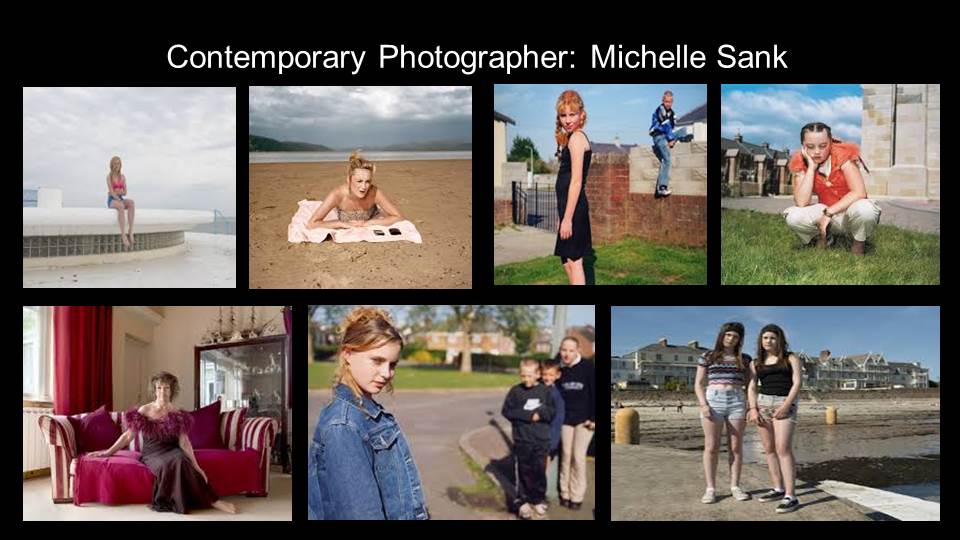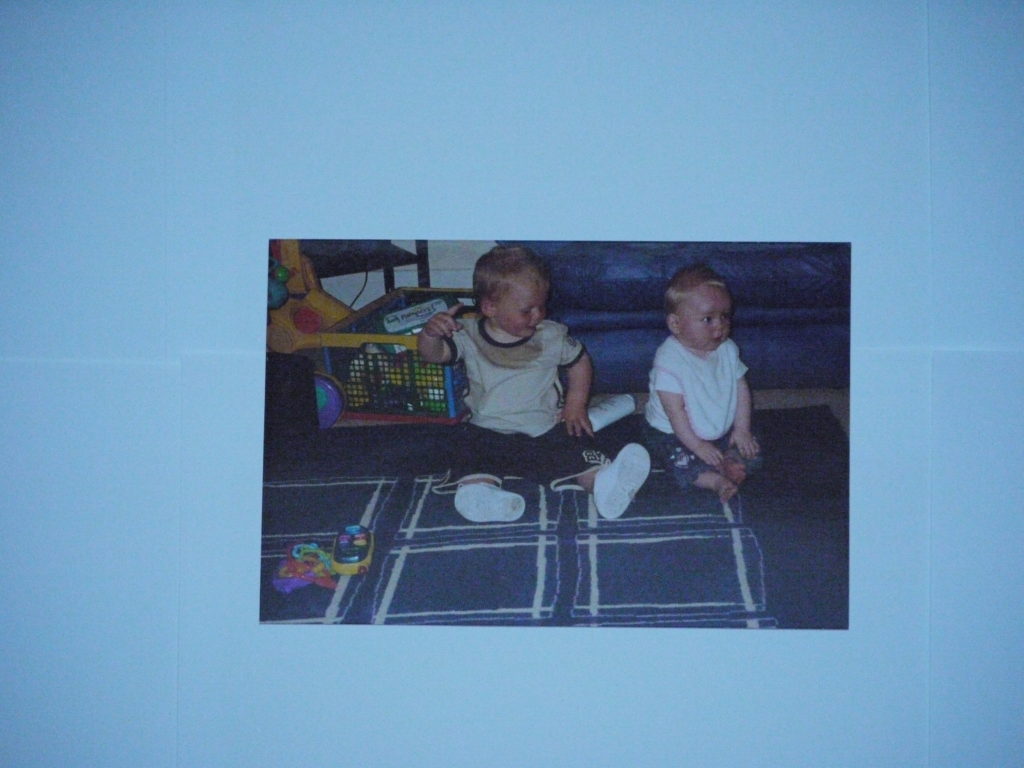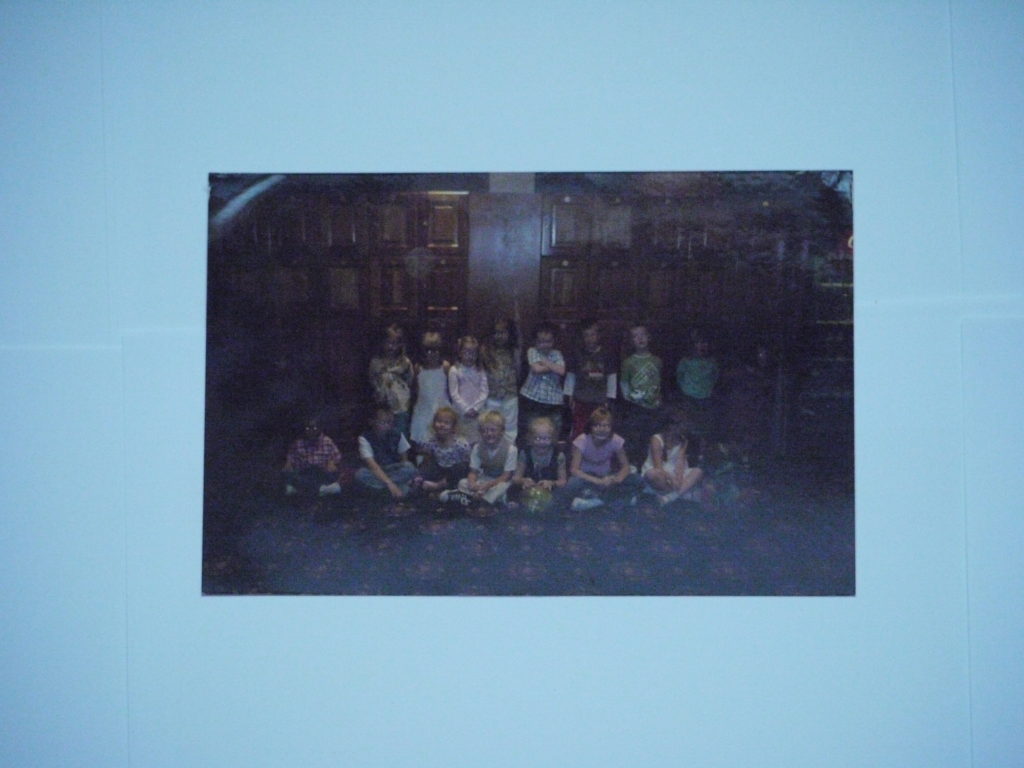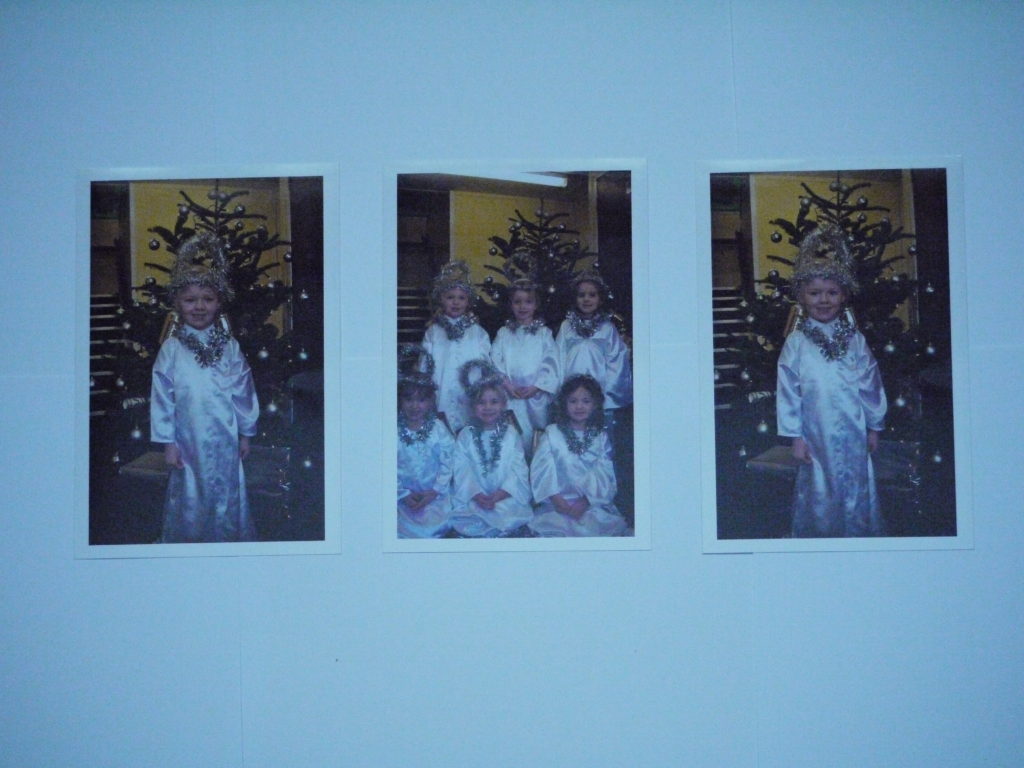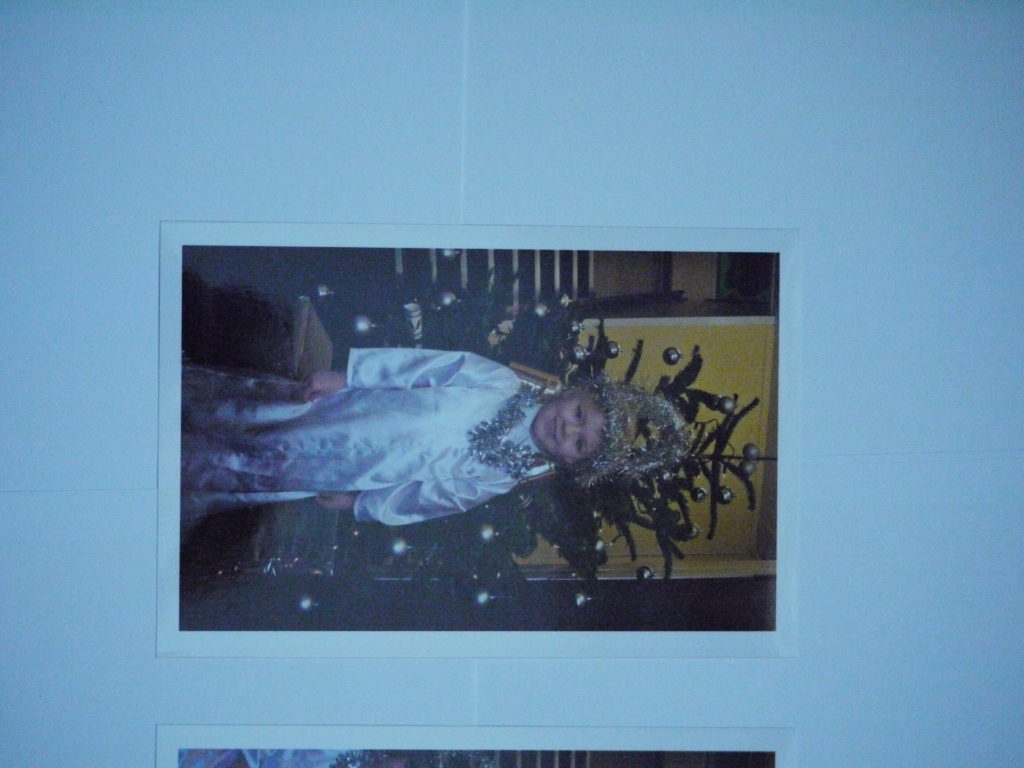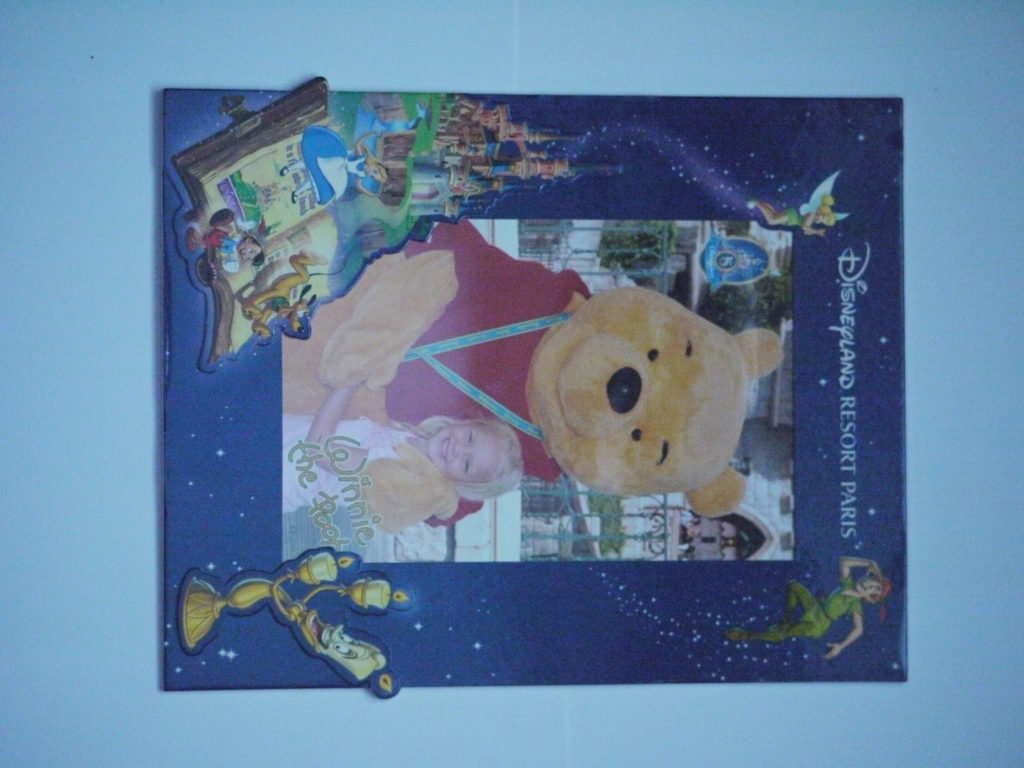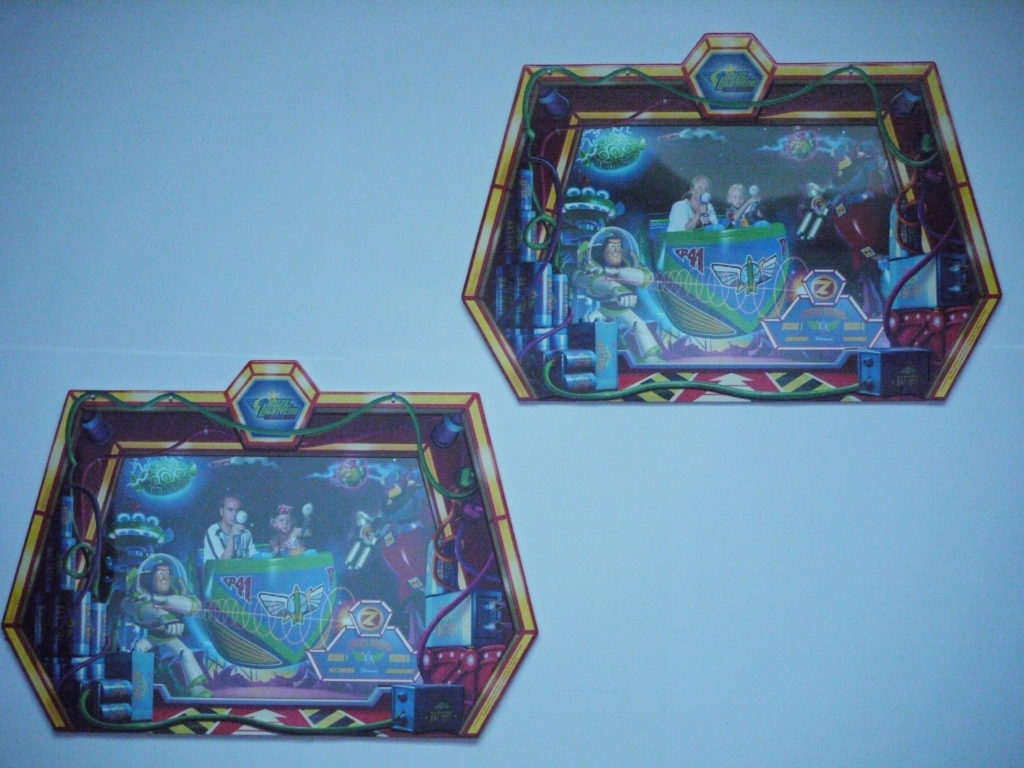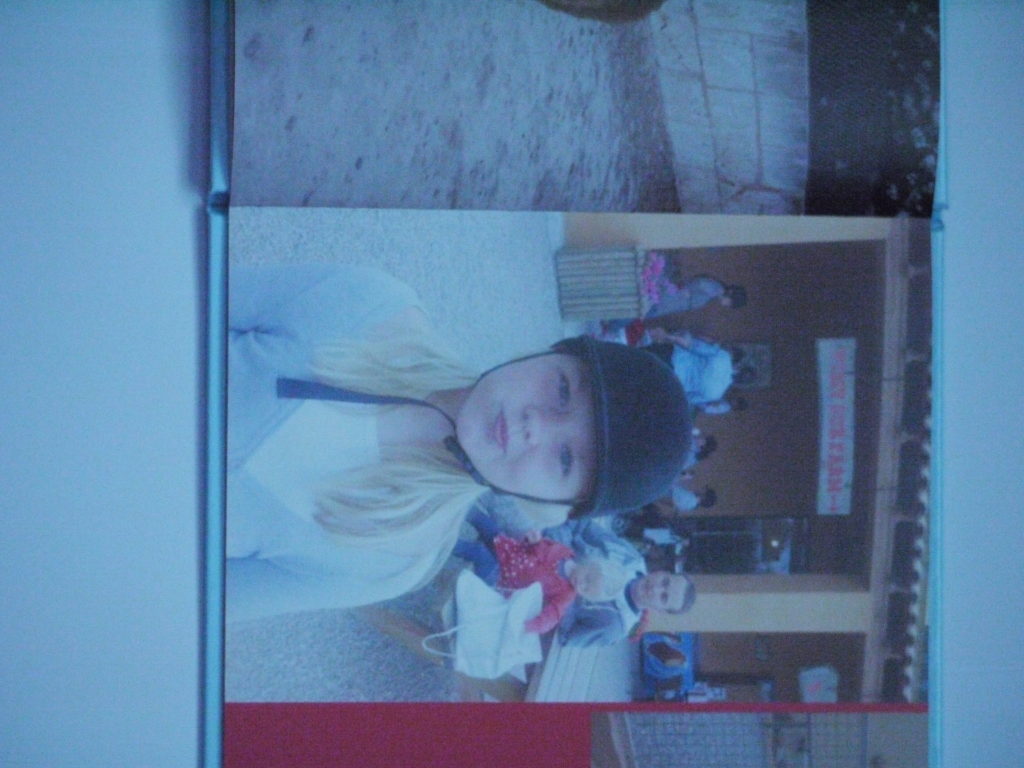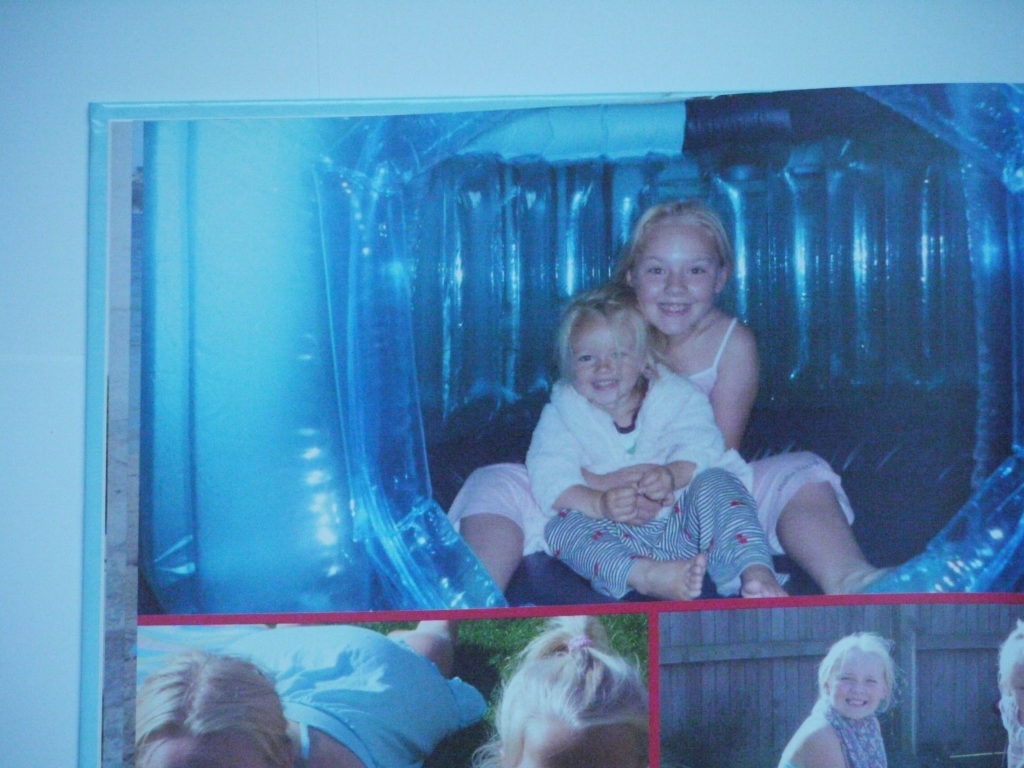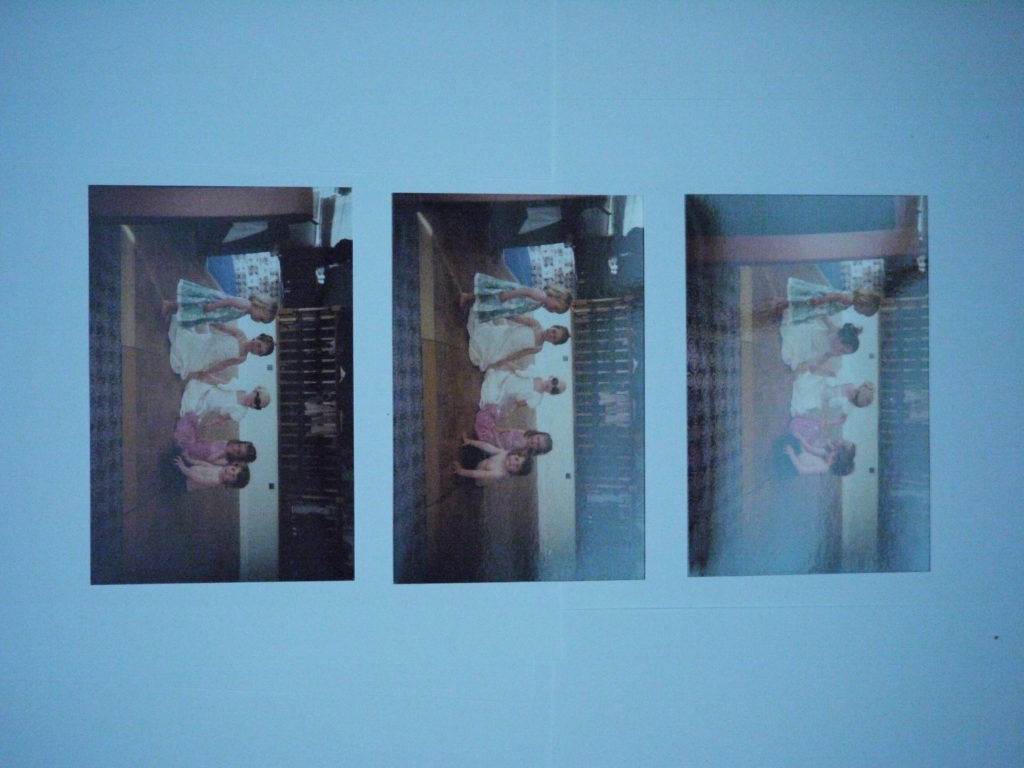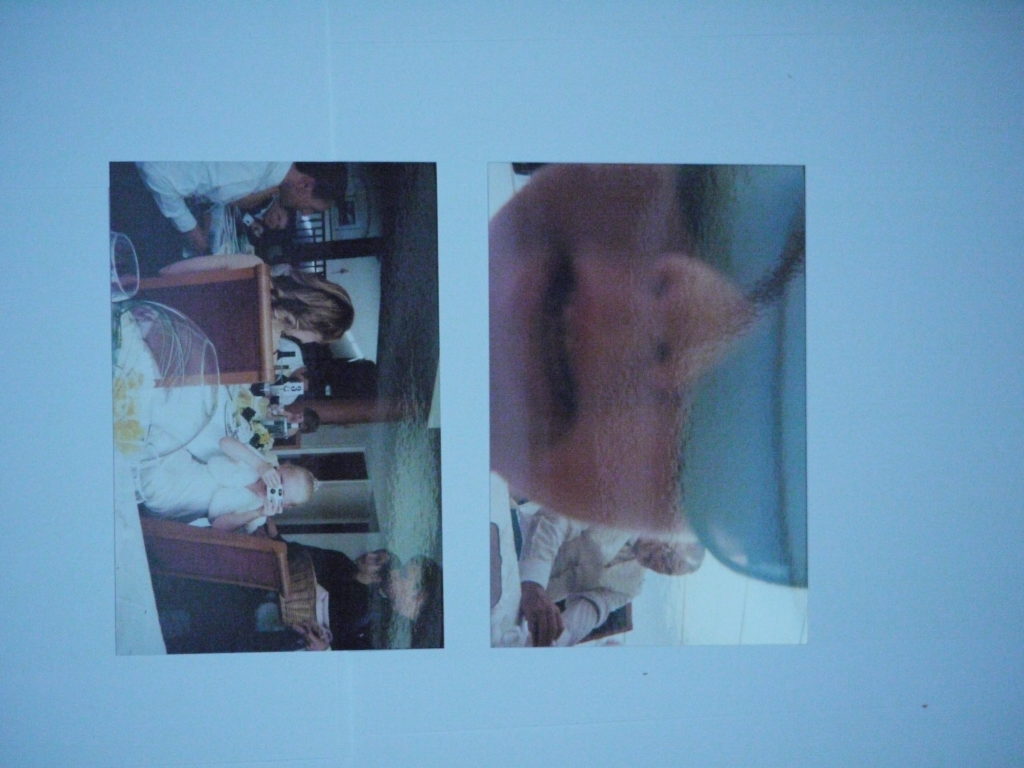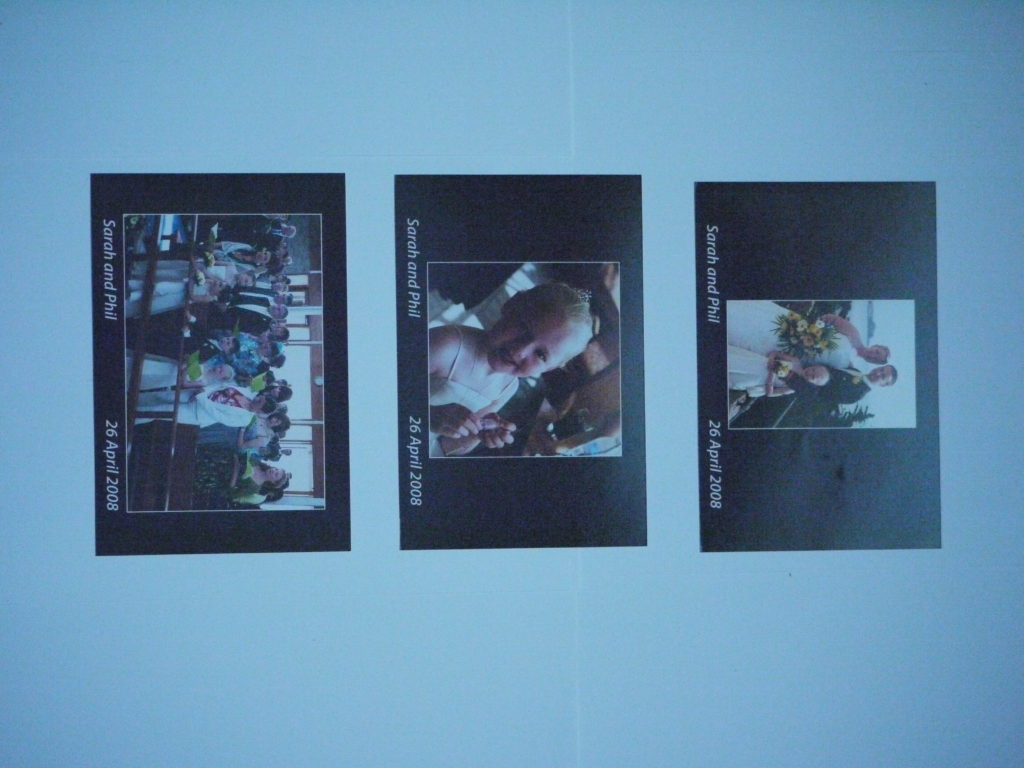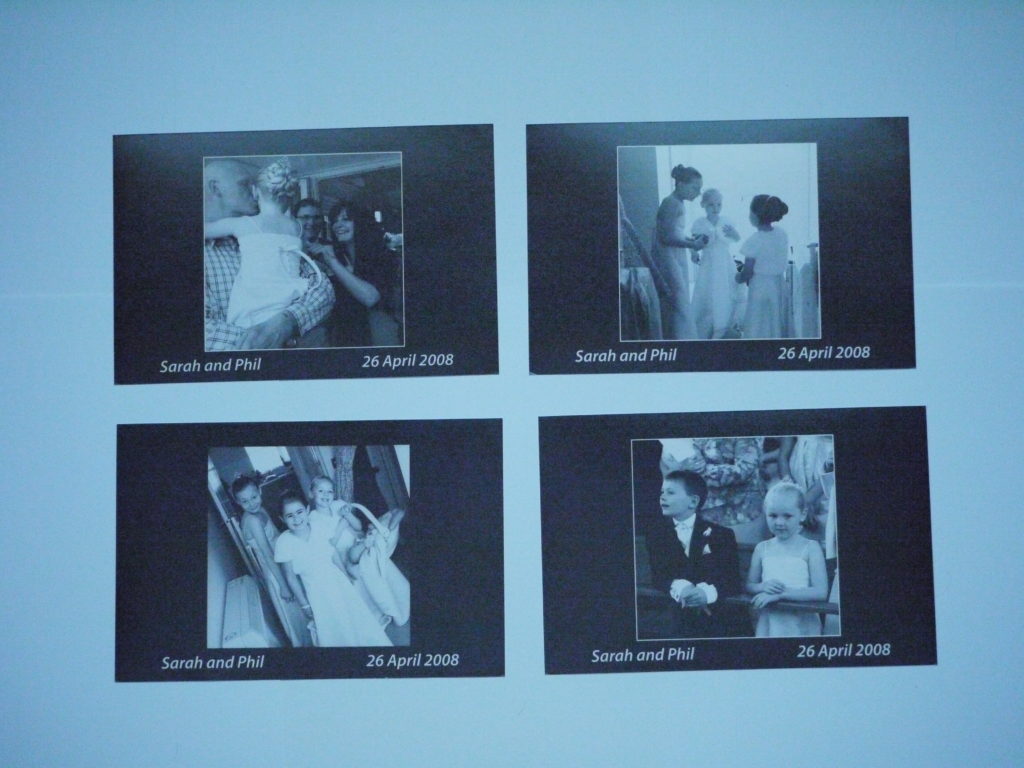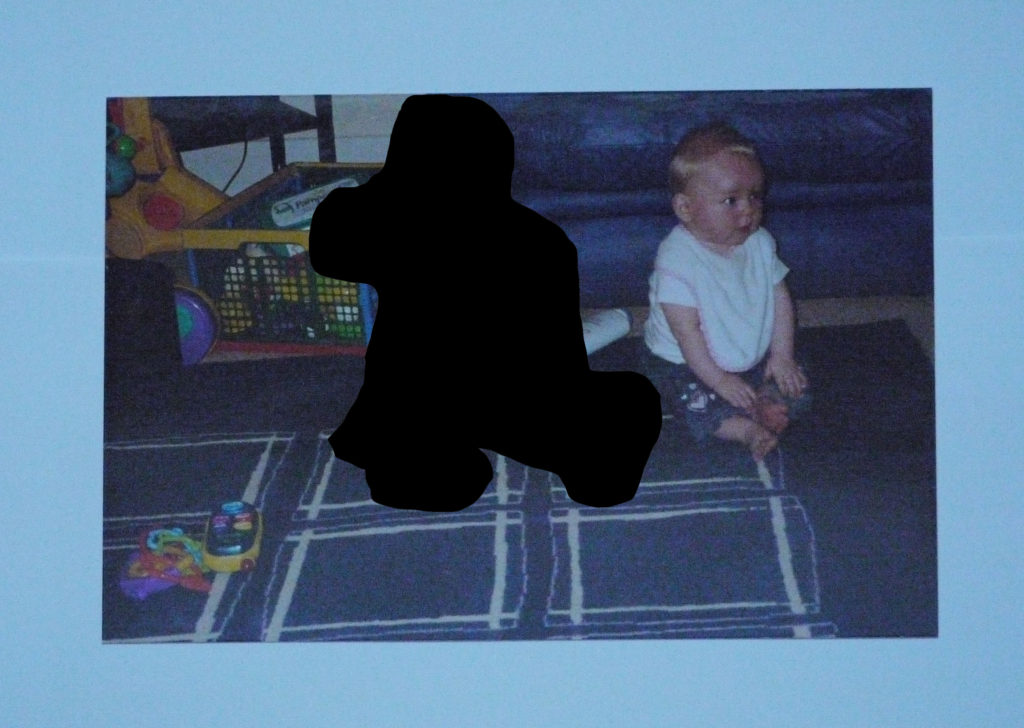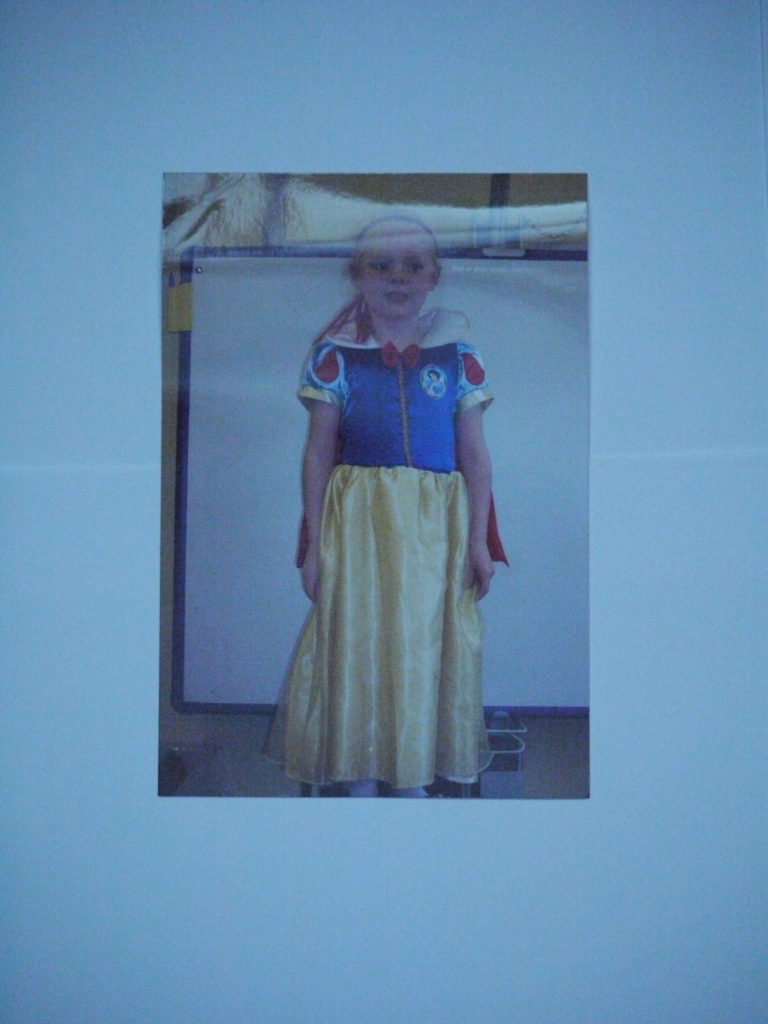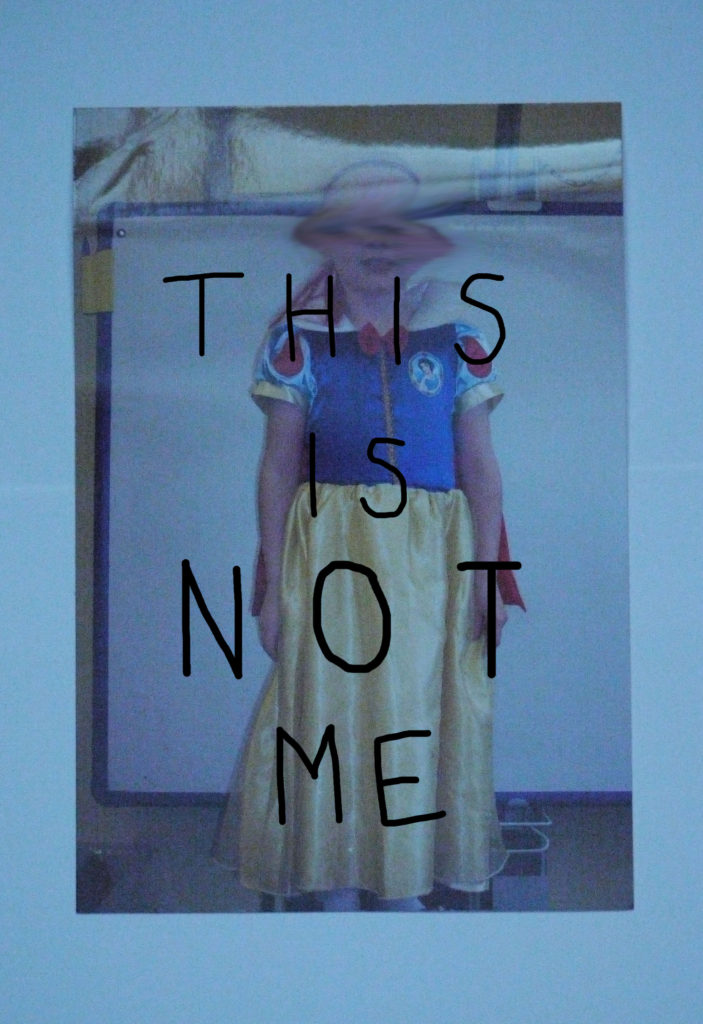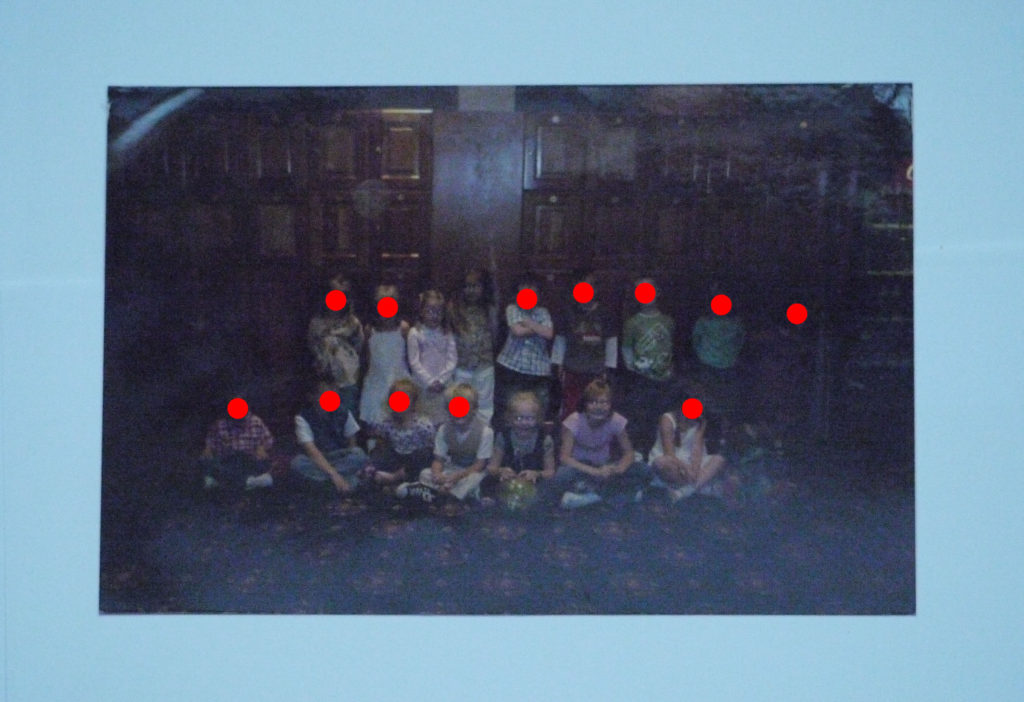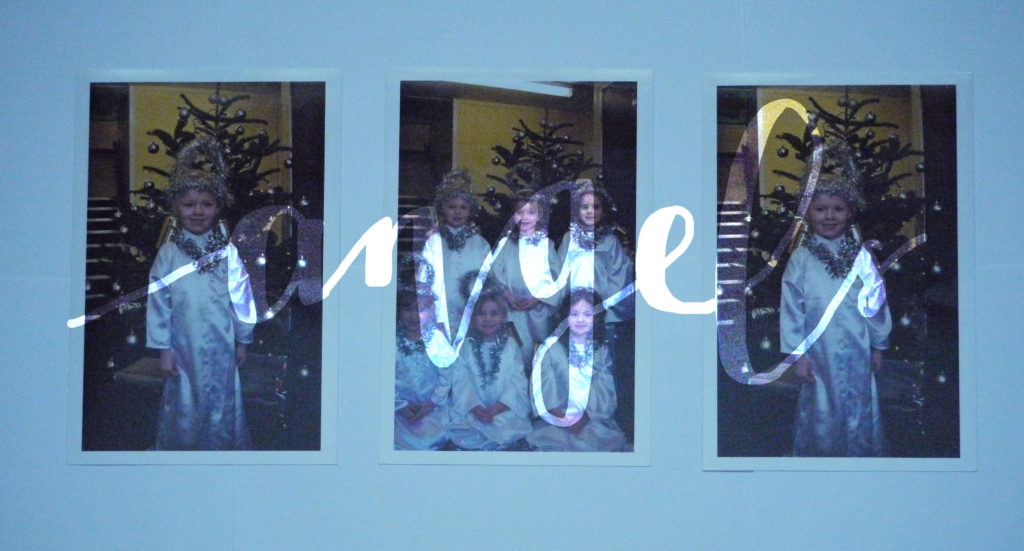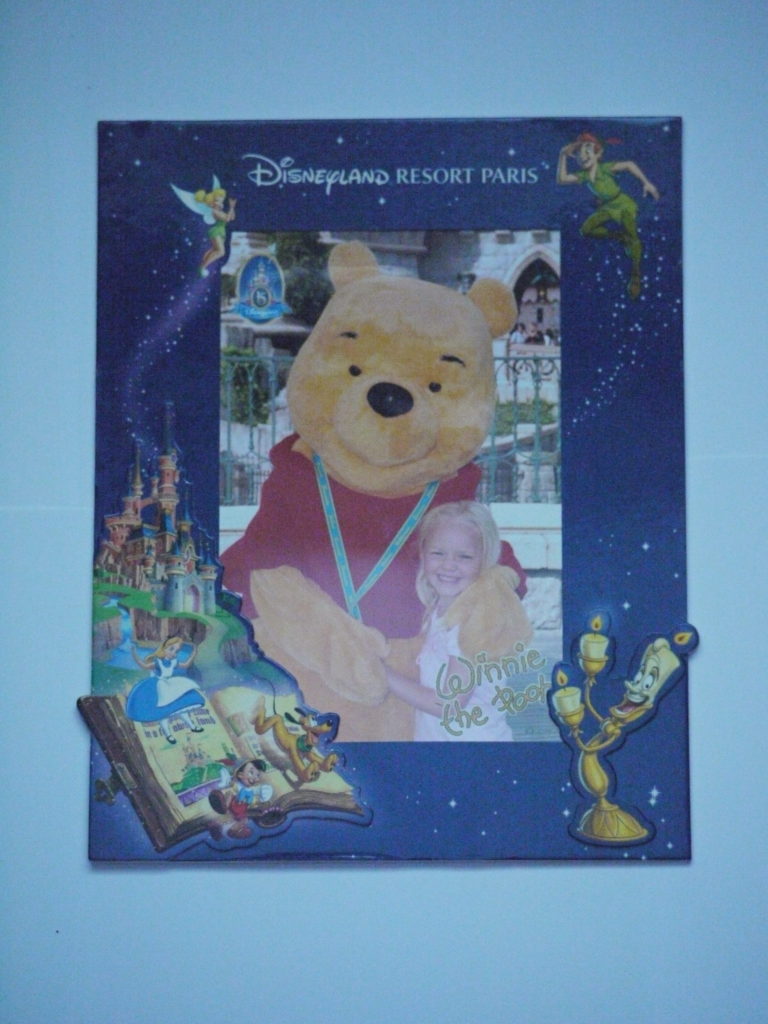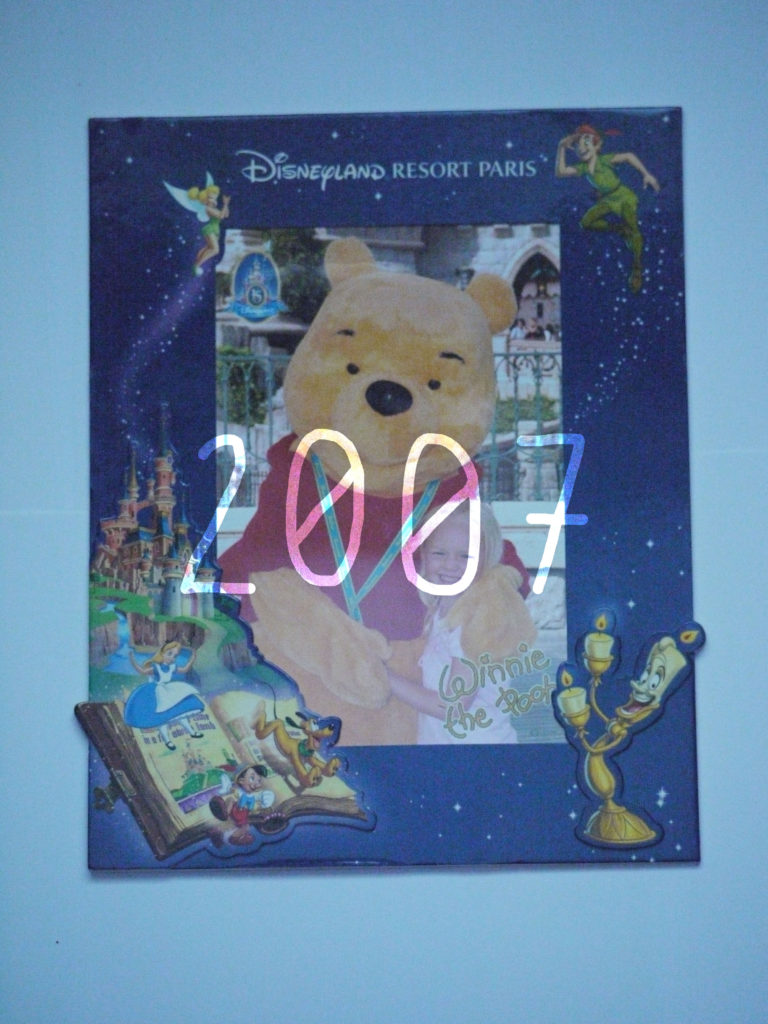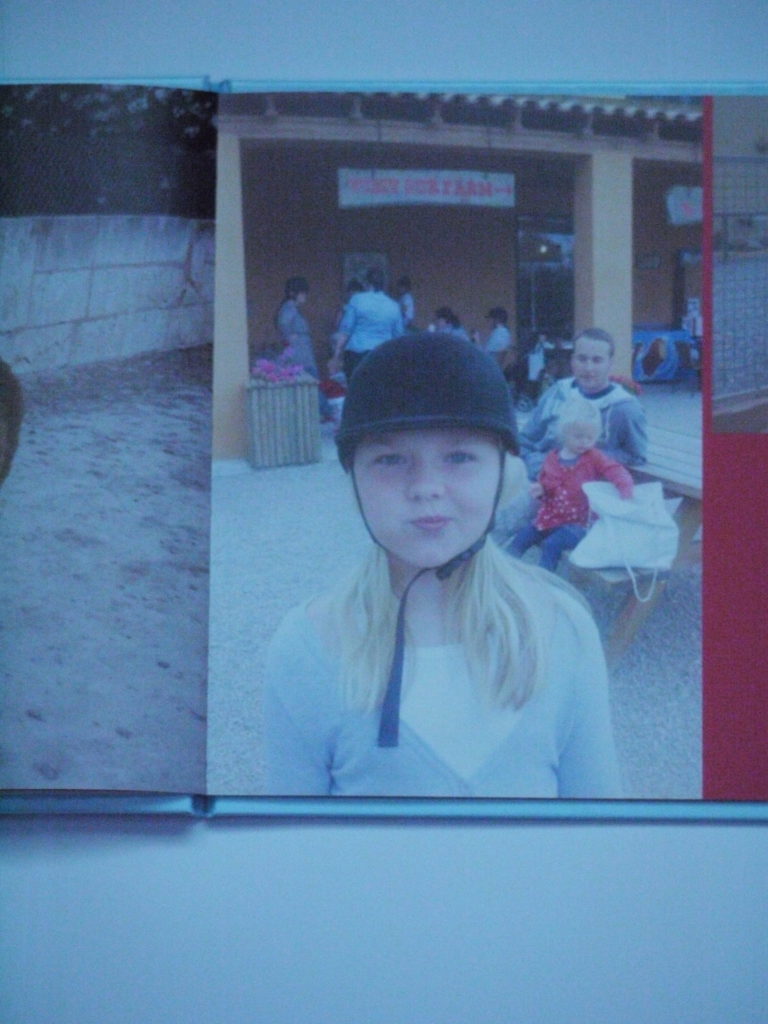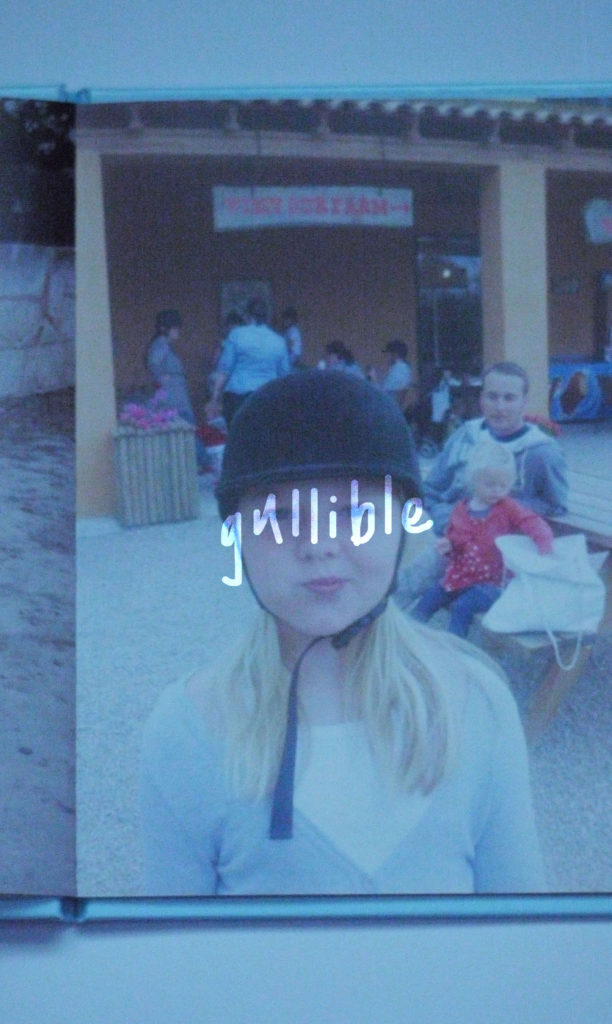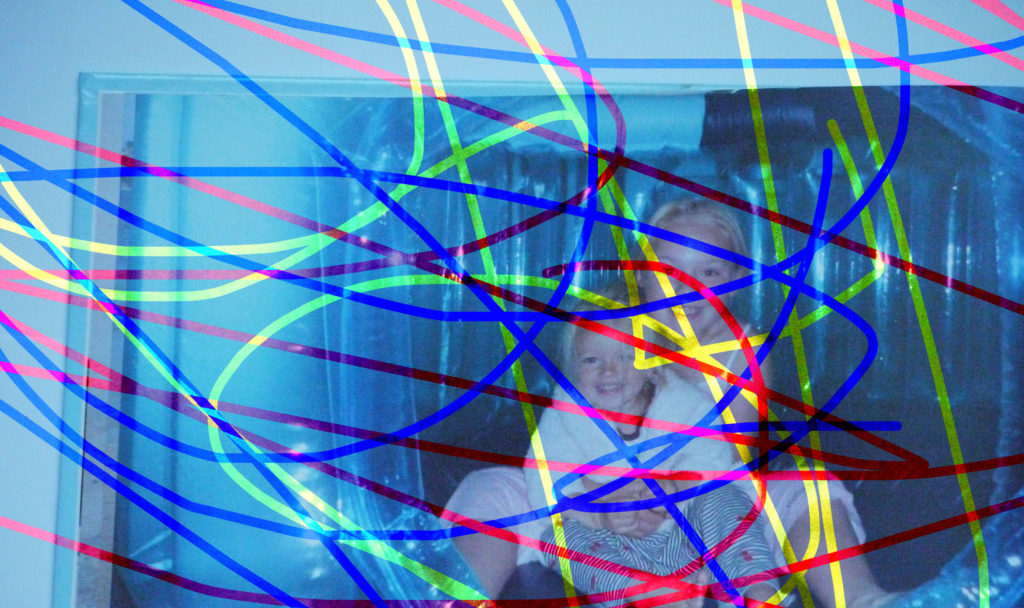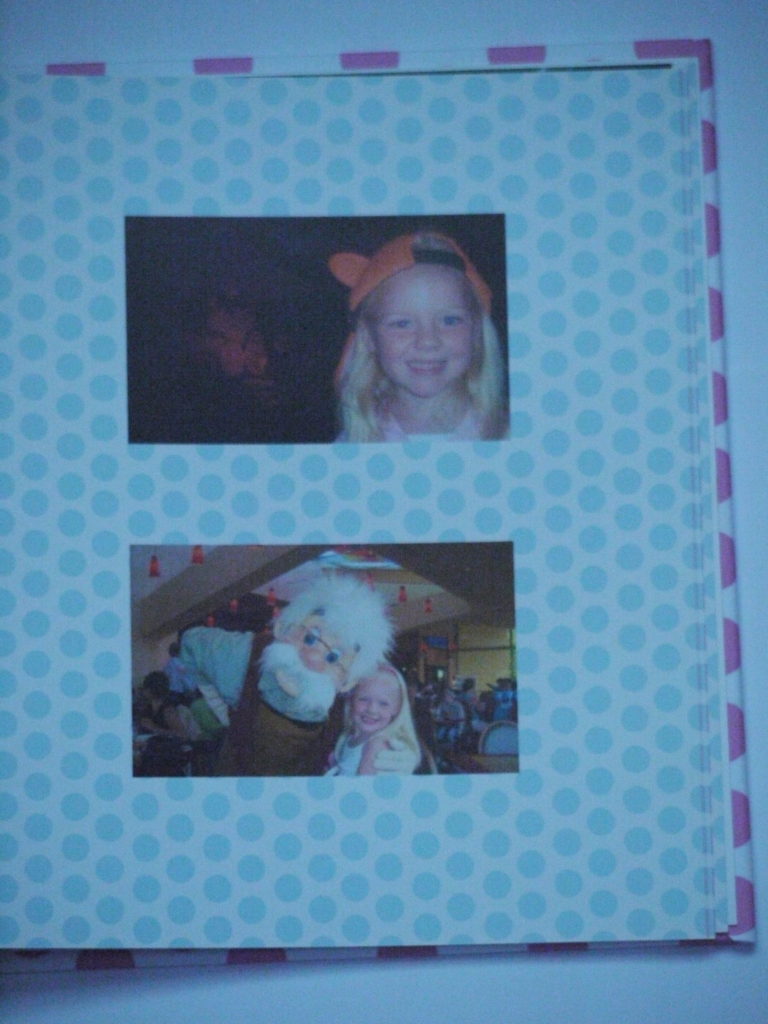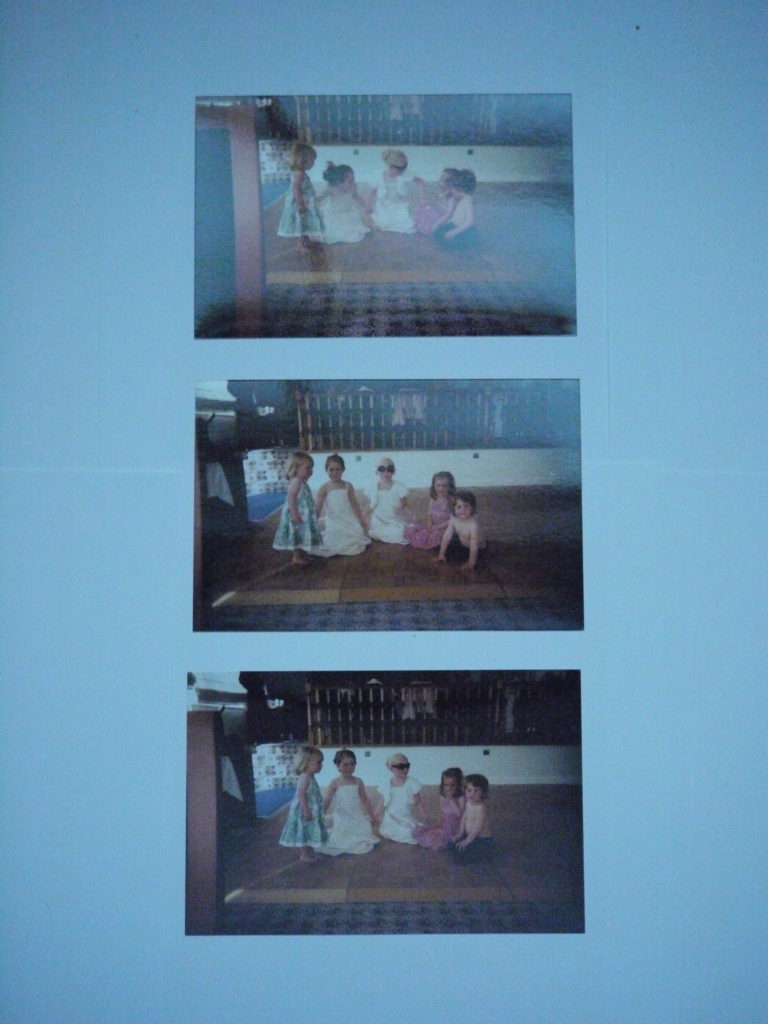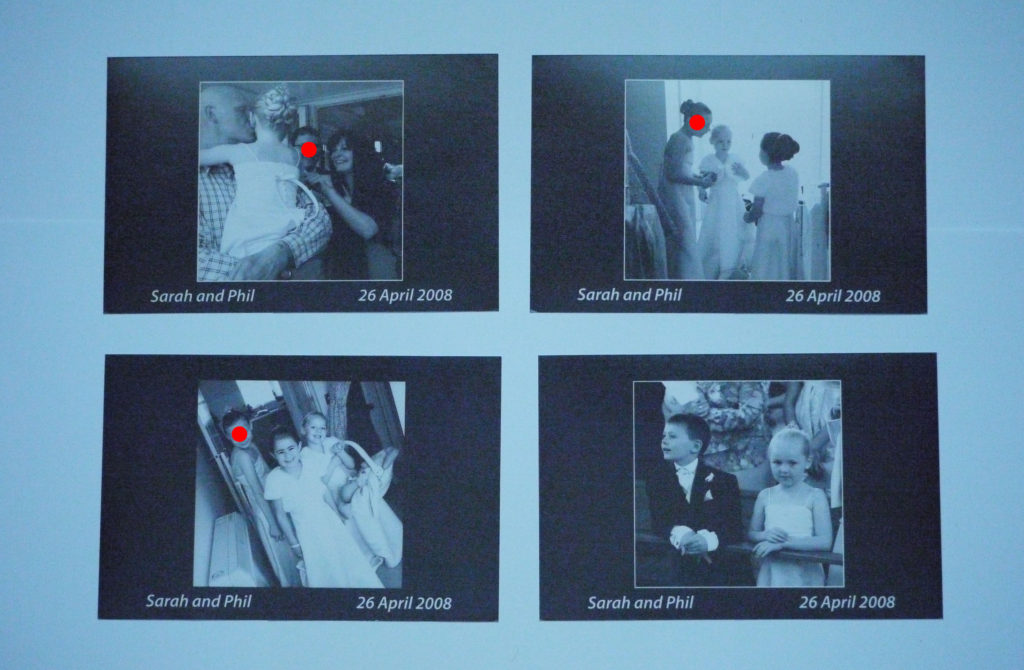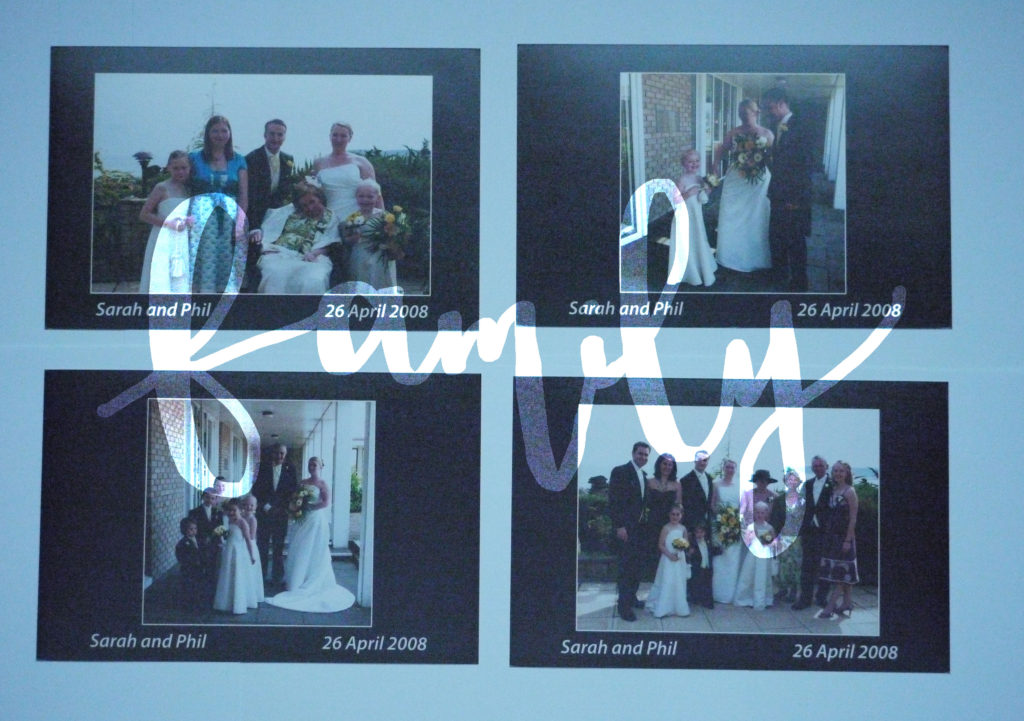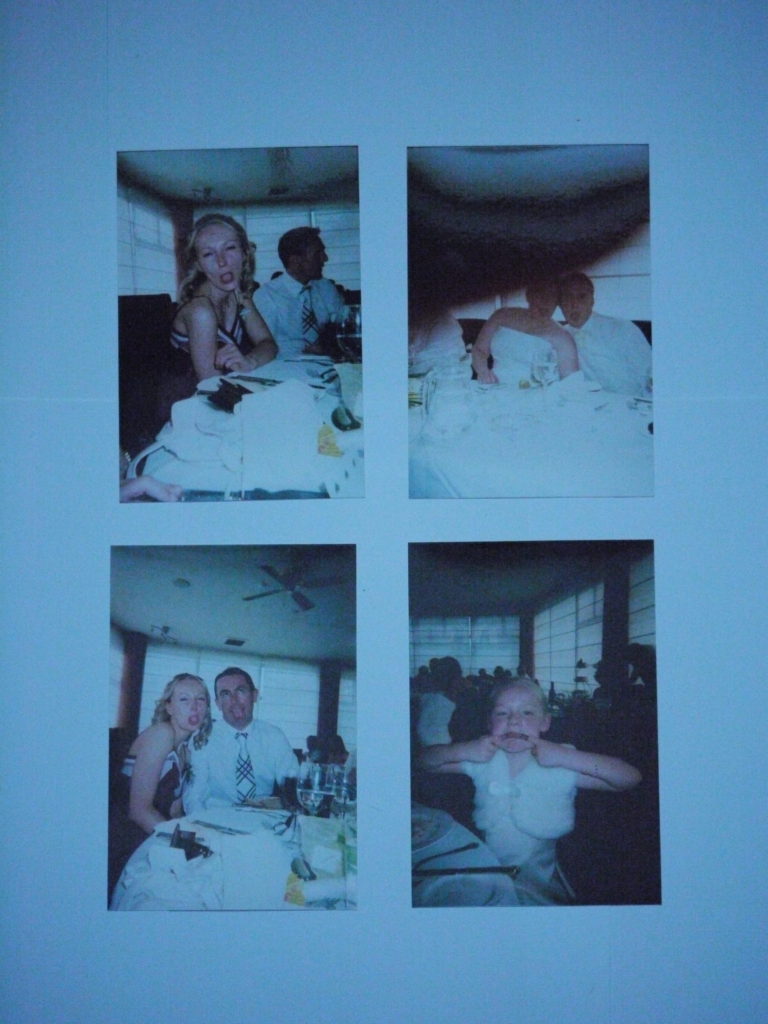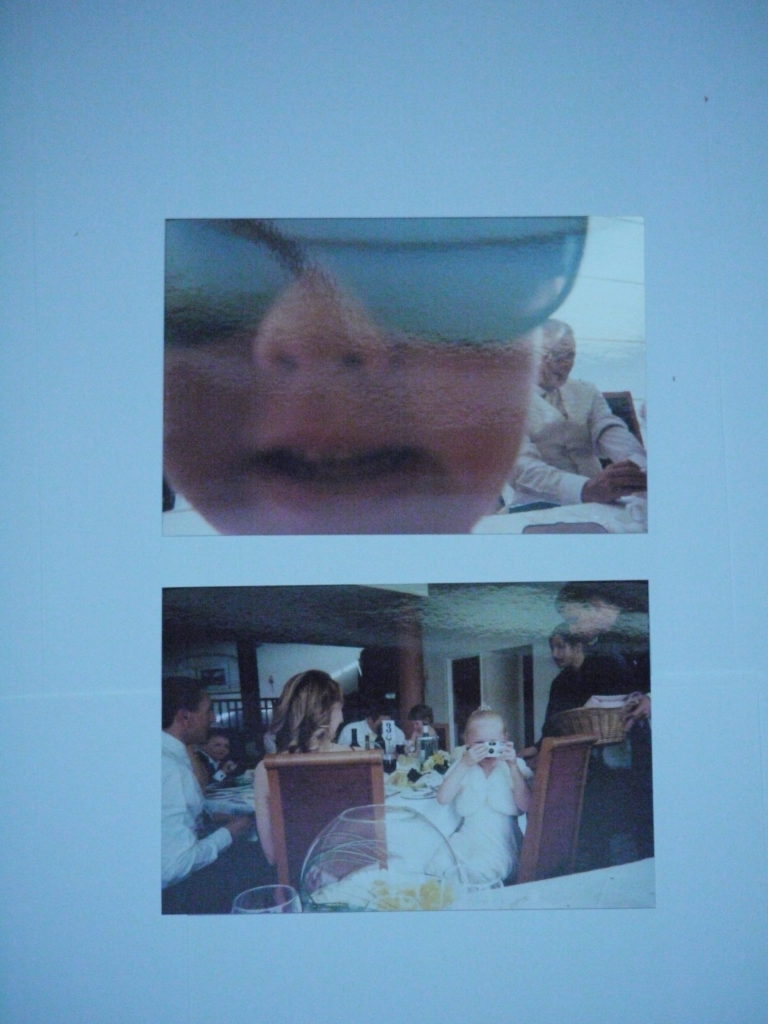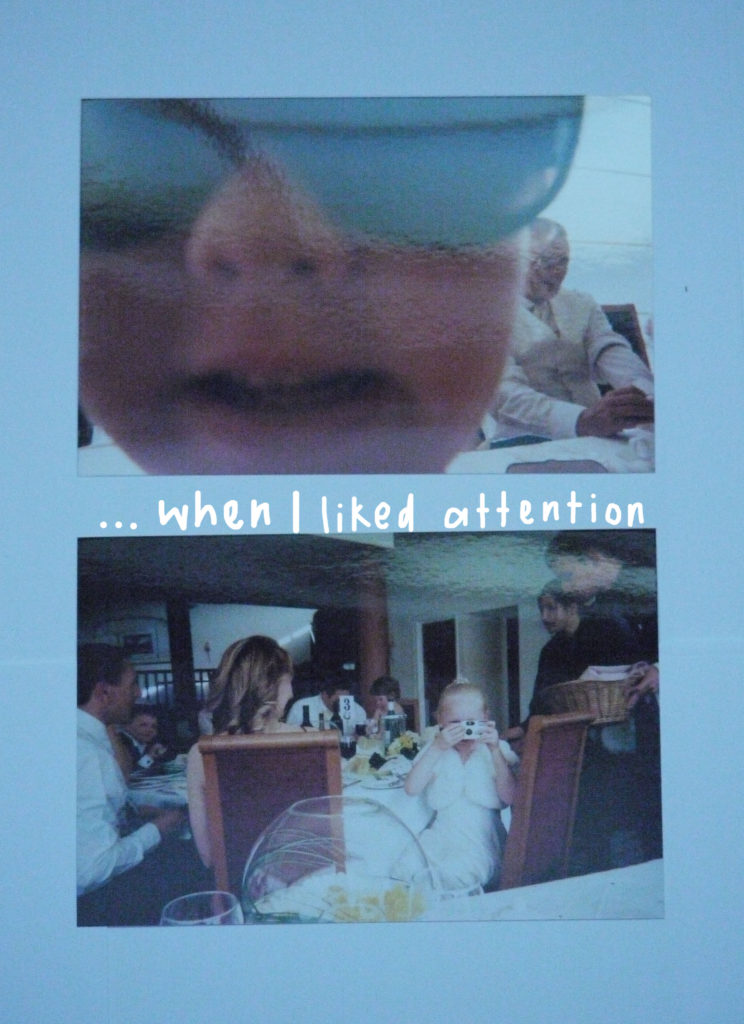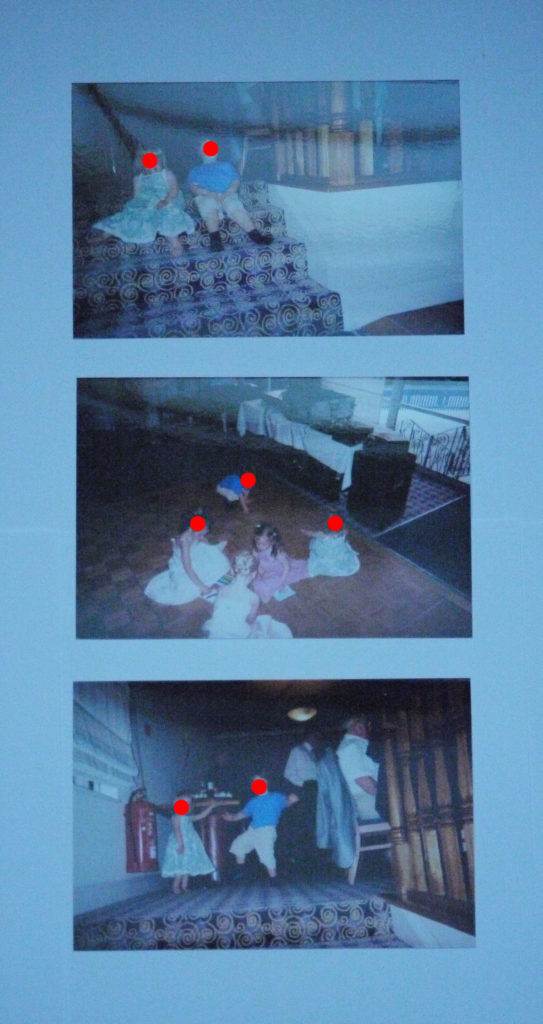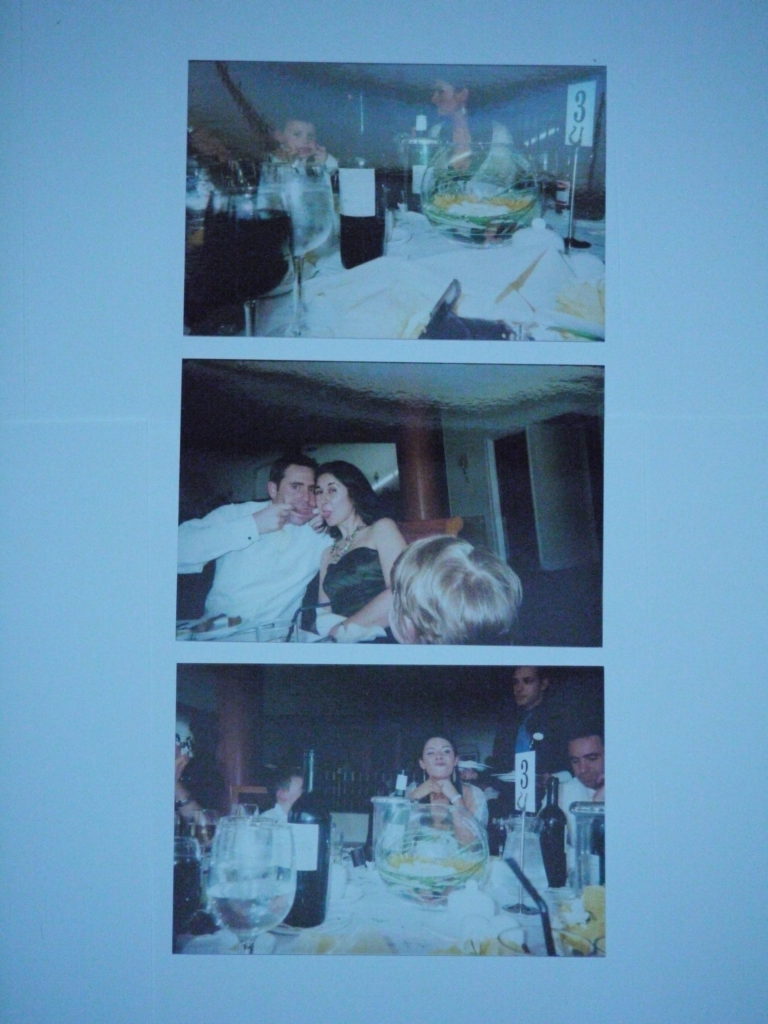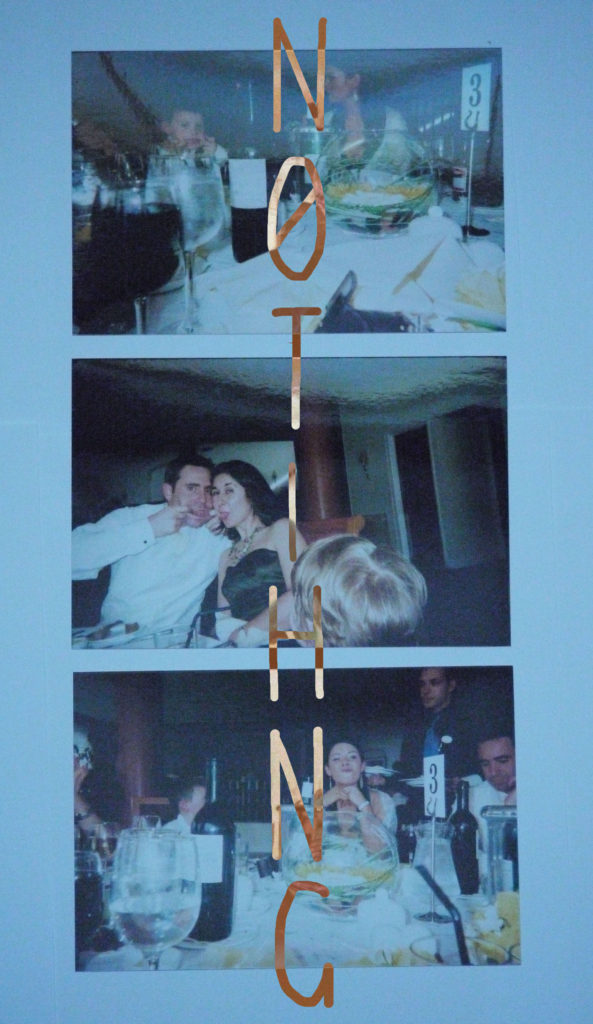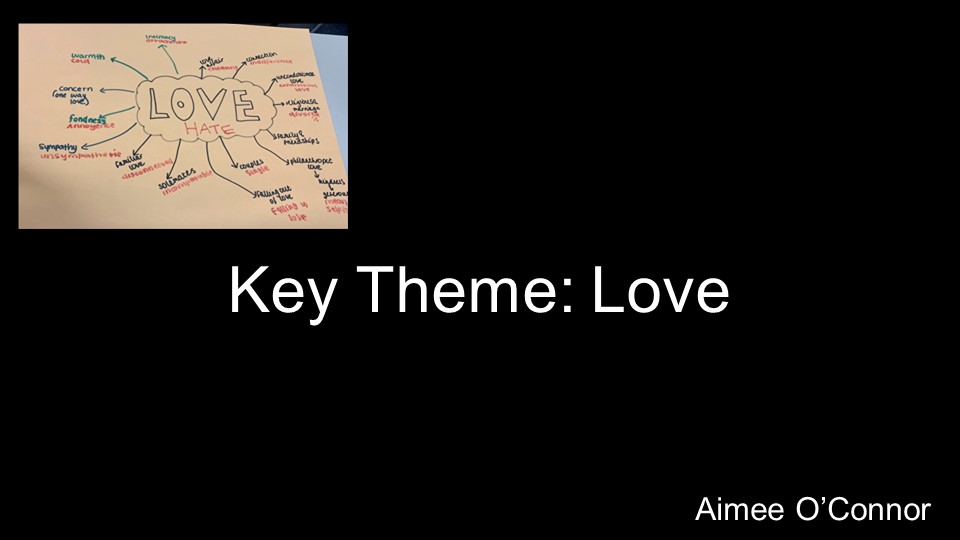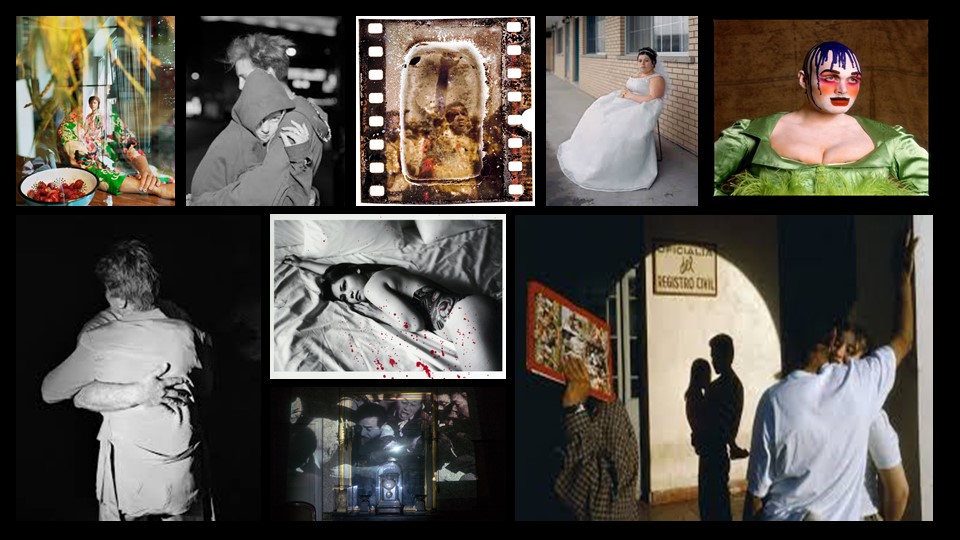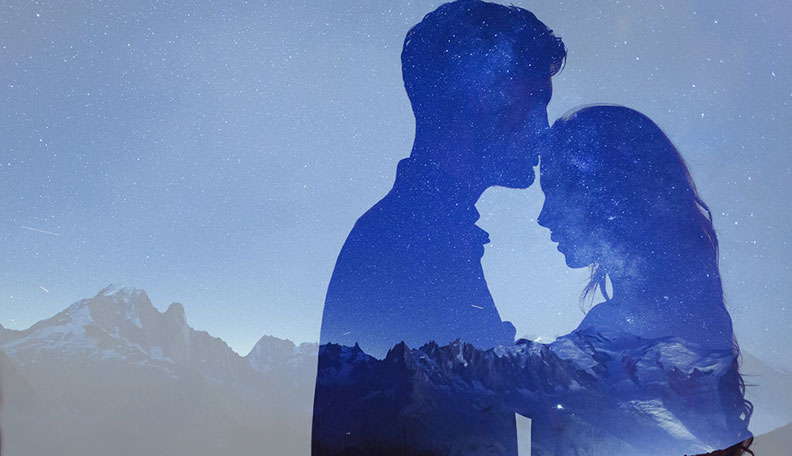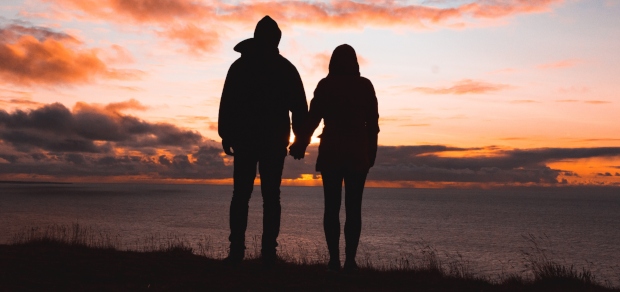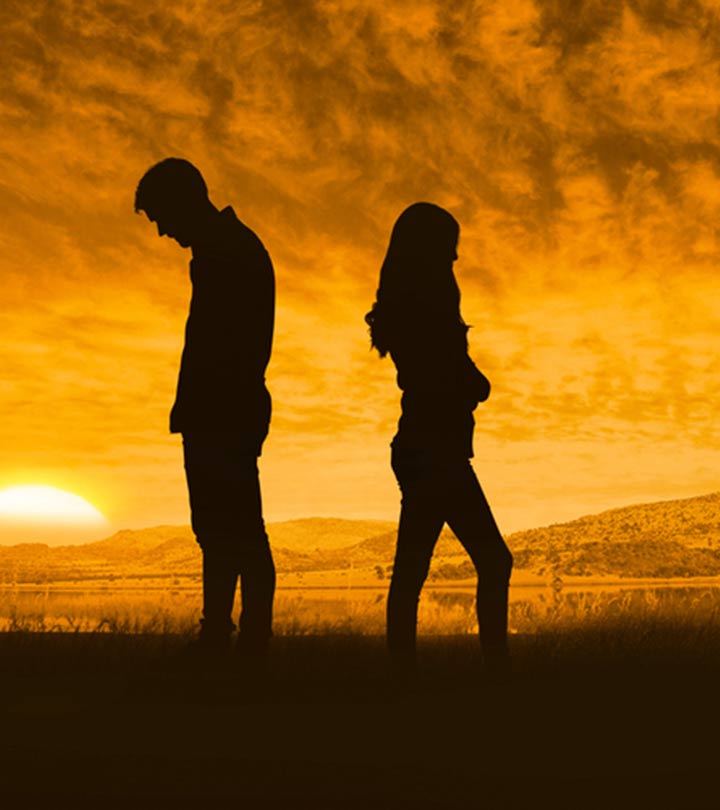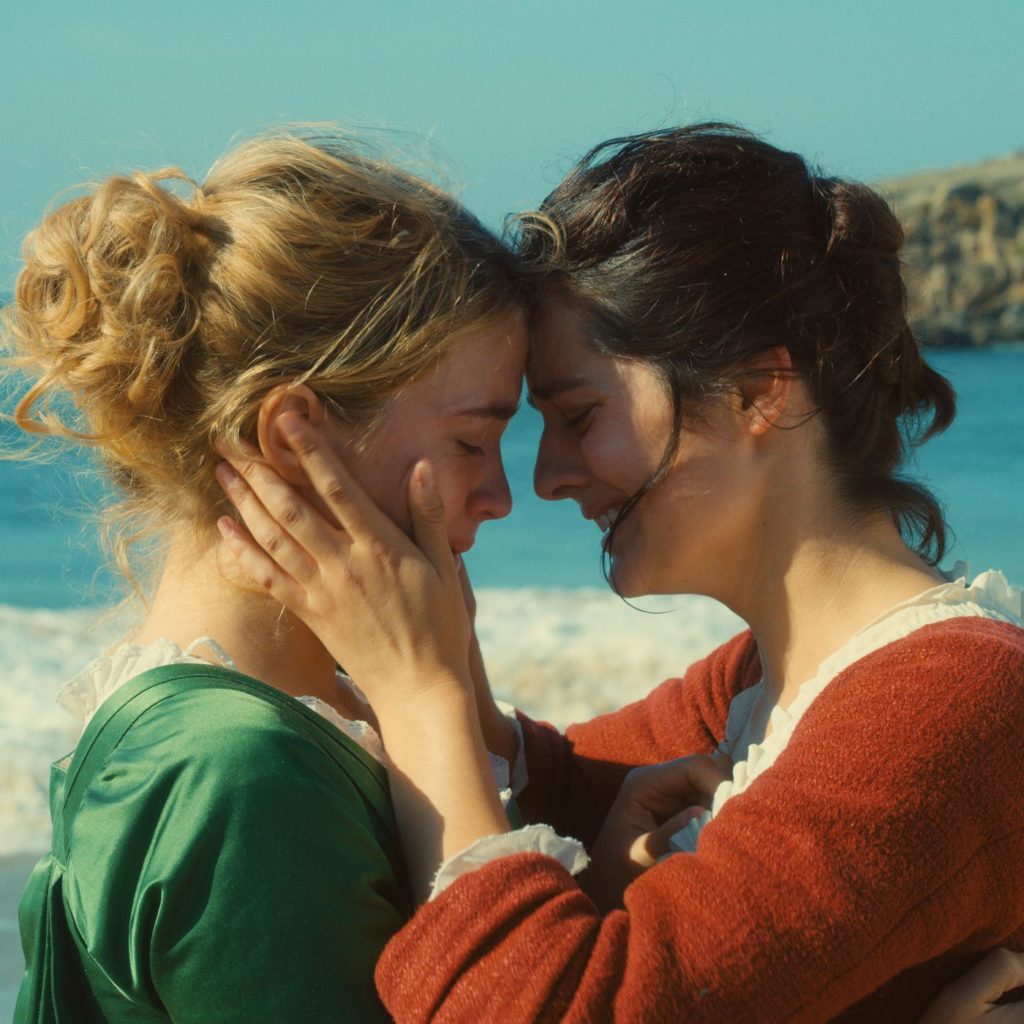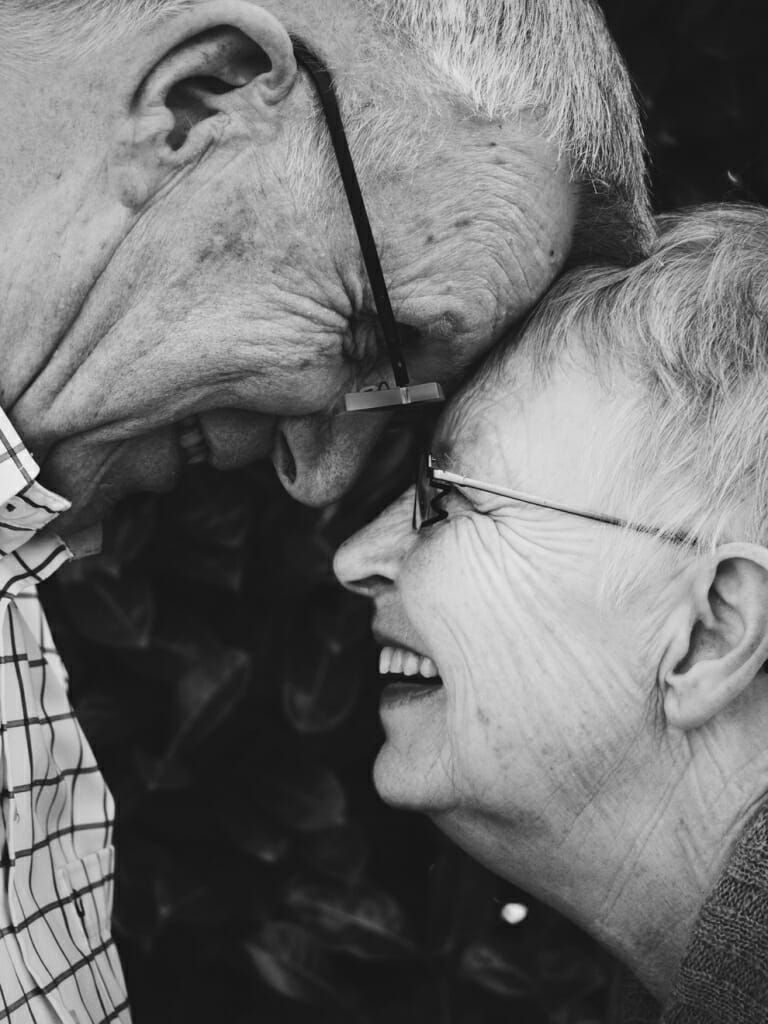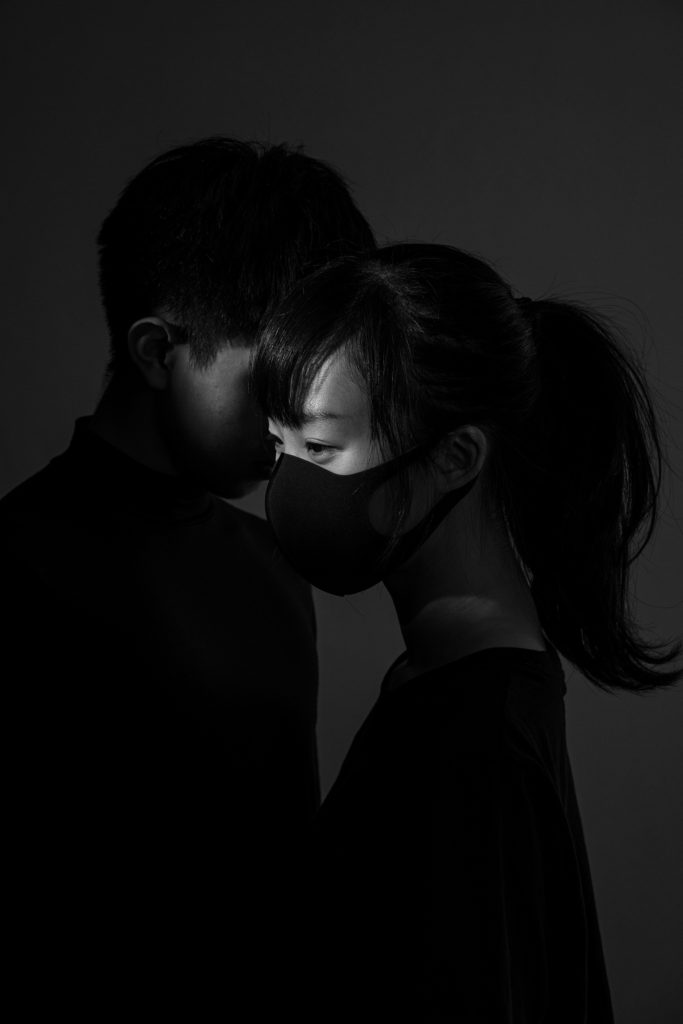Monthly Archives: September 2020
Filters
Research and Analysis
Percival Dunham

Percival Dunham was Jersey’s first ever Photojournalist. This was for a newspaper, ‘Jersey Illustrated Weekly’ and the ‘Morning News’ who were great competitors with the Jersey Evening Post.

He had a candid style of news photography and was seen as well ahead of his time. His images mainly represent the remarkable picture of life on this small island and captures Jersey right before the outbreak of the War.
His images are very unique, especially since Jersey is a small, unknown island to some. As mentioned before, his images were well ahead of their time, similar to modern street/candid photography and he captured many different things.
Image Analysis

TECHNICAL: the type of lighting Dunham tends to use natural lighting, since his photographs are usually candid, however when not, they are outside in daylight. His levels of control within his work vary, sometimes there is a strong level of control in which he has positioned his subjects and got them in a way in which he desired. However, sometimes there is a lack if control where his candid images are concerned, you may find his images blurred as the subject is not located or positioned in some way. His camera would’ve been old, since most of these were taken between 1913-1914, the shutter speed however, would’ve been quite fast when taking his images as mentioned earlier some of his subjects are blurred, and the lighting in most isn’t to bright.
VISUAL: The colour in this particular image, and in all of his others, the colour is black and white, often with brown or orange tints however this would’ve been due to the age of the camera, and even the weather. The tone of the image above is quite dark, again because the day would’ve been dull, enhancing the blacks and taking away any brown tints. This also could be because he had a higher aperture. The black’s and white’s in this images seem to contrast each other very well, creating a very bold image. There is no arrangement or organisation in this image; it is not composed. It is very much candid and similar to street photography. However, you could argue that it is slightly composed, there is a slight lead of the eye within this image that highlight the ‘West Park’ sign and the hotel behind.
CONCEPTUAL: The concept behind the images may not only be Photojournalism. The images almost feel as though they are made to be memories. Especially since they were available to the public and were able to keep by everyone. It’s almost as though he made these images for people in the future to see, and that’s why they are candid; memories aren’t positioned or faked. He really pictured a lot of events, occupations, locations etc, almost as if he wanted to tell a story. However, it has been said that most of his EARLY images were promotional to keep the advertisers happy, until he worked for the ‘Illustrated News’.
Michelle Sank
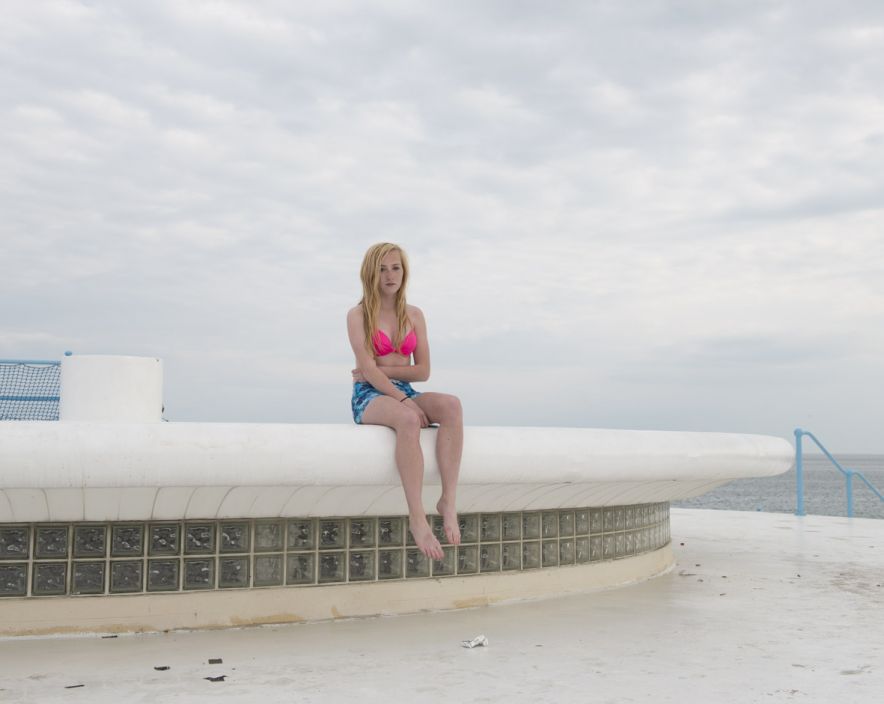
Michelle Sank’s images “reflects a preoccupation with the human condition and to this end can be viewed as social documentary. Her work encompasses issues around social and cultural diversity”
In 2013, she came to Jersey for 6 months to undergo this project. Click this link to read more about her and this project: http://www.michellesank.com/portfolios/insula
Image Analysis
TECHNICAL: The type of lighting in this image is very clearly natural lighting, because the image is clearly taken outside and no particular harsh/florescent lighting can be seen. You can also see the natural shadows on the subject’s faces that indicate natural lighting from the sunlight. There is a medium level of control here, the subject’s are clearly position and located, however their posture and the light from the sun hasn’t been manipulated in any way therefore you could argue that there is a low level of control. There is a large aperture, due to the brightness of the image with a small depth of field.
VISUAL: The tone of the image is very light, giving the image a summery vibe. The composition of the image is very simple as most of her images tend to be with her subject’s facing toward the camera in a neutral posture, like an environmental portrait. It is clear that Sank’s images have a connection between the background and the subject, maybe that is where the subject likes to hang out a lot, where they live etc.
CONTEXTUAL&CONCEPTUAL: It is said that Sank came to Jersey as it created a vision within place and cultural photography. When she got here though, the geographic and historical influences ‘loomed large’ which also had an impact on her photography. It is also said, that her images are called ‘residency photographs’ and that they are procured under certain psychological precepts.
See here: http://www.michellesank.com/portfolios/insula
Comparison

Michelle Sank 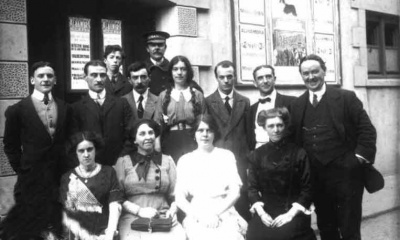
Percival Duncan
TECHNICAL: The lighting in both images is natural lighting, they are both taken outside and have the natural shadows forming due to the sunlight. Both images above are positioned and located in a particular way to make the subject’s look more appealing in the images. Michelle Sank tends to use a higher aperture, where the images come out brighter, whereas Dunham may have used a lower aperture, however time differences must be taken into account as approximately 100 years sits between these images and the camera quality is far different. Dunham most probably would’ve had a lower shutter speed due to the model of camera however I can image Sank used a fast shutter speed.
VISUAL: Both artist’s seem to create environmental portraits, and similarly, they also seem to take some candid images also. The colour of the artist’s images are also very clearly different, this again, would be due to the time difference. As you can see Sank’s images are in colour whereas Dunham’s images are in black and white. Sank’s tone is also a lot more brighter than Dunham’s, however you can also get the odd bright image from Dunham due to the natural, bright lighting.
The overall idea and technique by both artists is similar. Both use environmental portraits and sometimes candid images to capture life in Jersey and to capture certain influences such as our location and history. The background has just as much influence as the subject does in their images.
archive images
archive image photoshoot plan
| what? | old images from my childhood, family holidays and wedding |
| where? | in my room on a large sheet of white paper |
| when? | in the afternoon, when the lighting is at its best |
| why? | to show how time changes things, such as people, style, moods |
| how? | collect images and group some that connect in some way |
my archive images
these images above are from 2002 till 2008. The images are from family holidays, my childhood and my mum and stepdads wedding. I decided to take photos of these images because I thought that they showed how I have grown up from when I was a child and gave me the most room for interpretation and freedom when editing. I grouped some images together as they as a collection could tell a narrative and held deep meaning that I could explore during the editing process. I shot the images on a plain background so that there were no distractions from the actual images and this meant that background was clean and crisp. My cameras white balance was set to a colder setting, this meant that the images had a cooler tone to make them relate to how I felt when viewing the images after a very long time.
archive images – edited
meaning: by removing the figure, it shows how they are no longer a part of my life but a void that i would like to be filled again.
archive images – final
Love moodboard

falling apart 
family 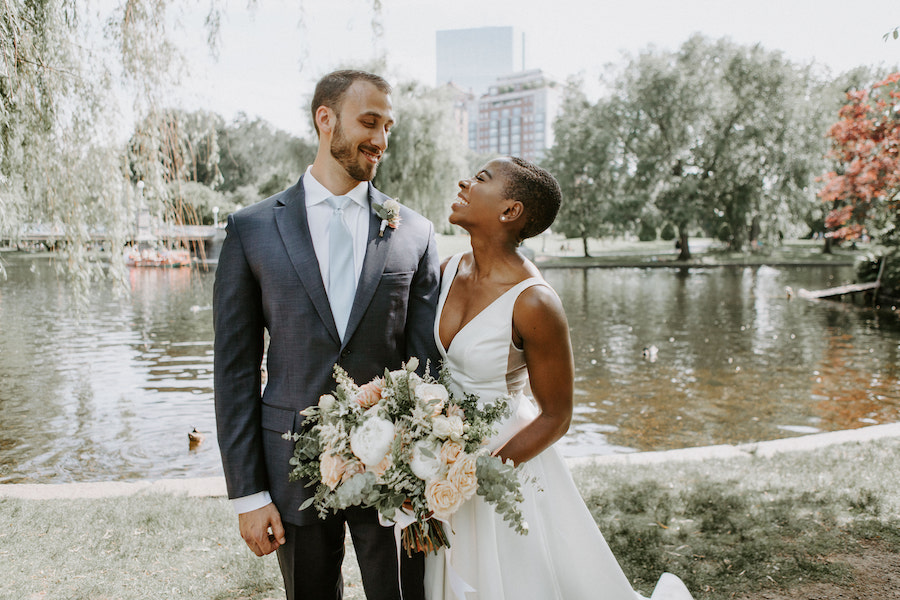
marriage 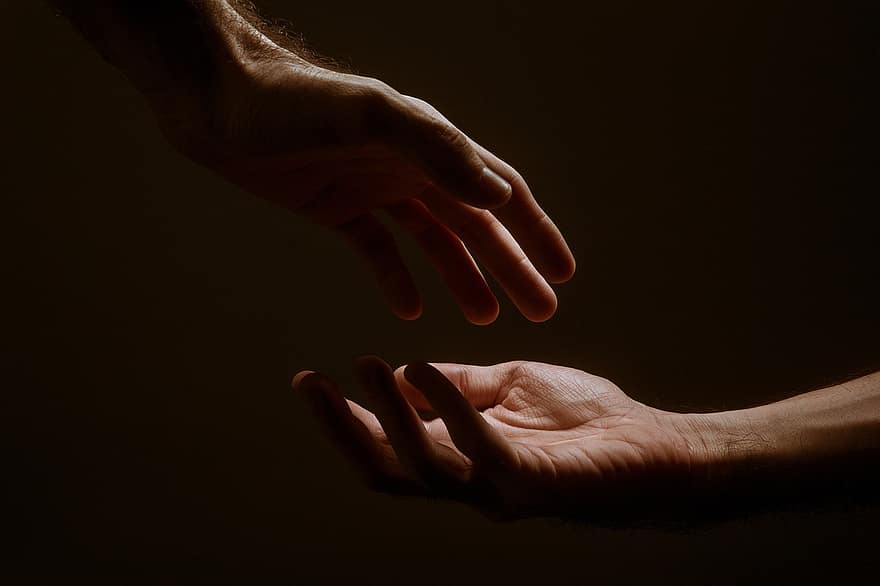
soulmates 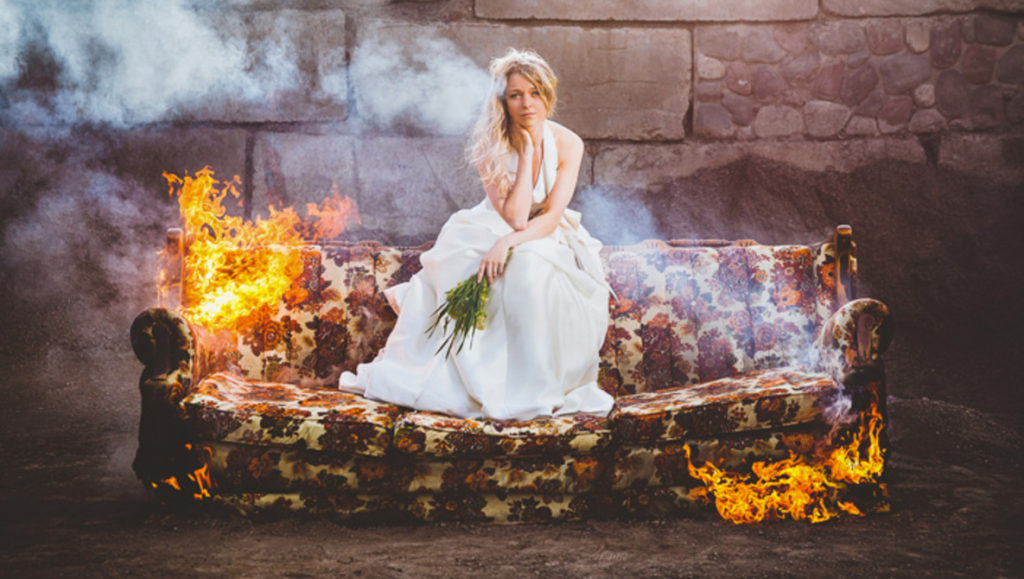
divorce 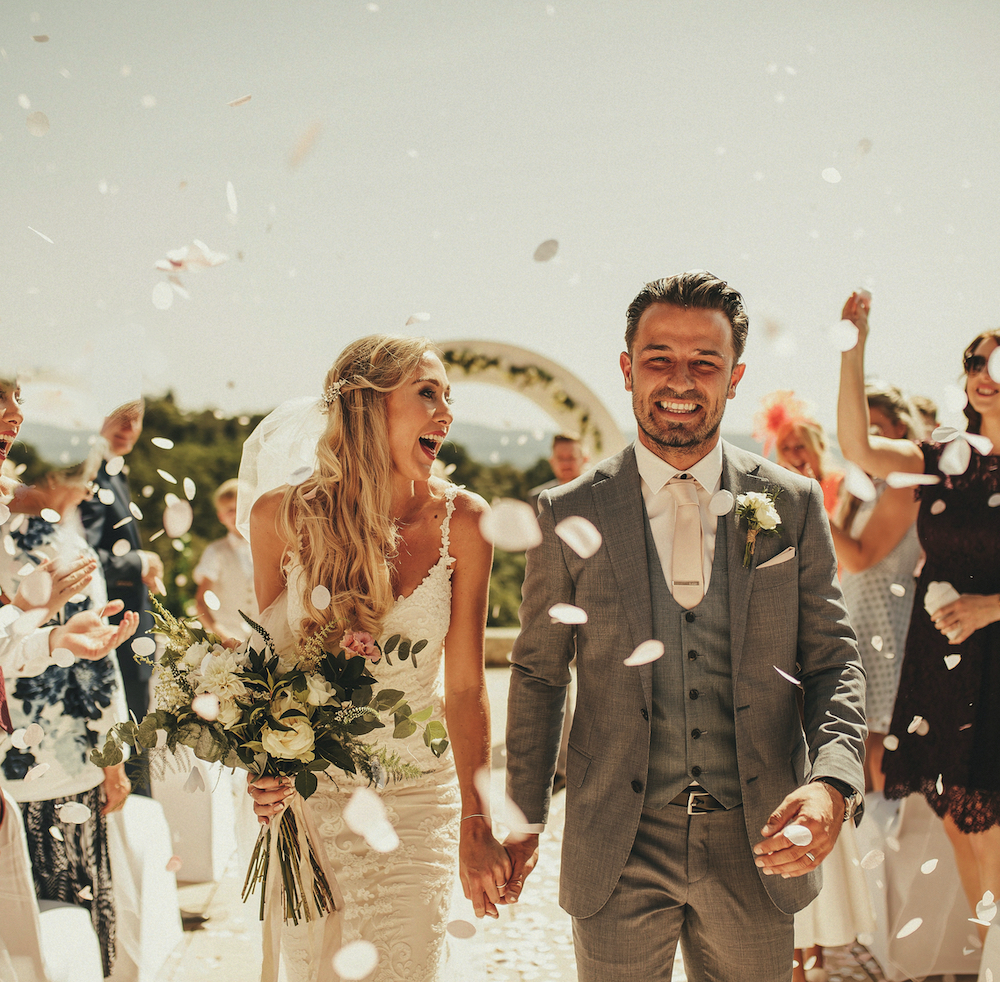
marriage 
friendship 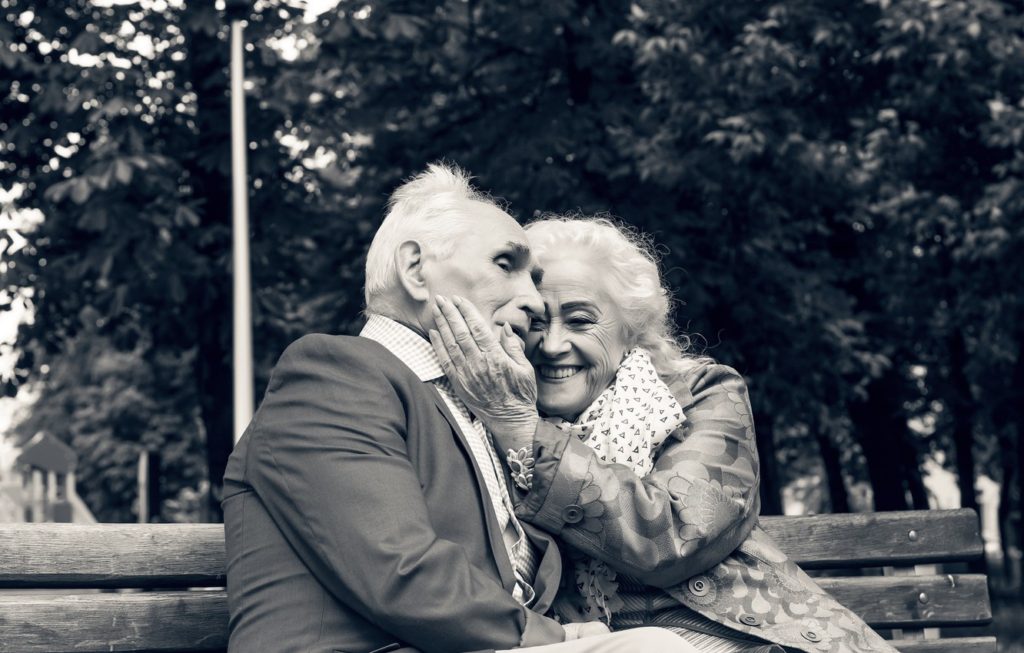
long-lasting love 
relationships 
young love 
love through hard times 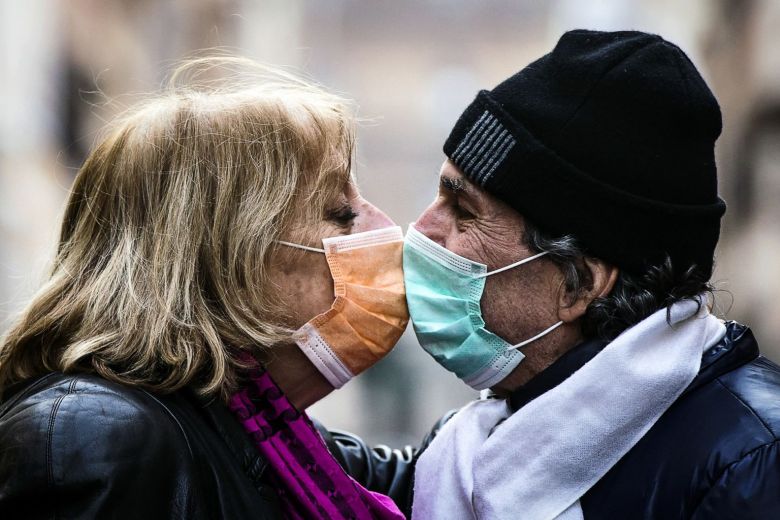
love through difficulty 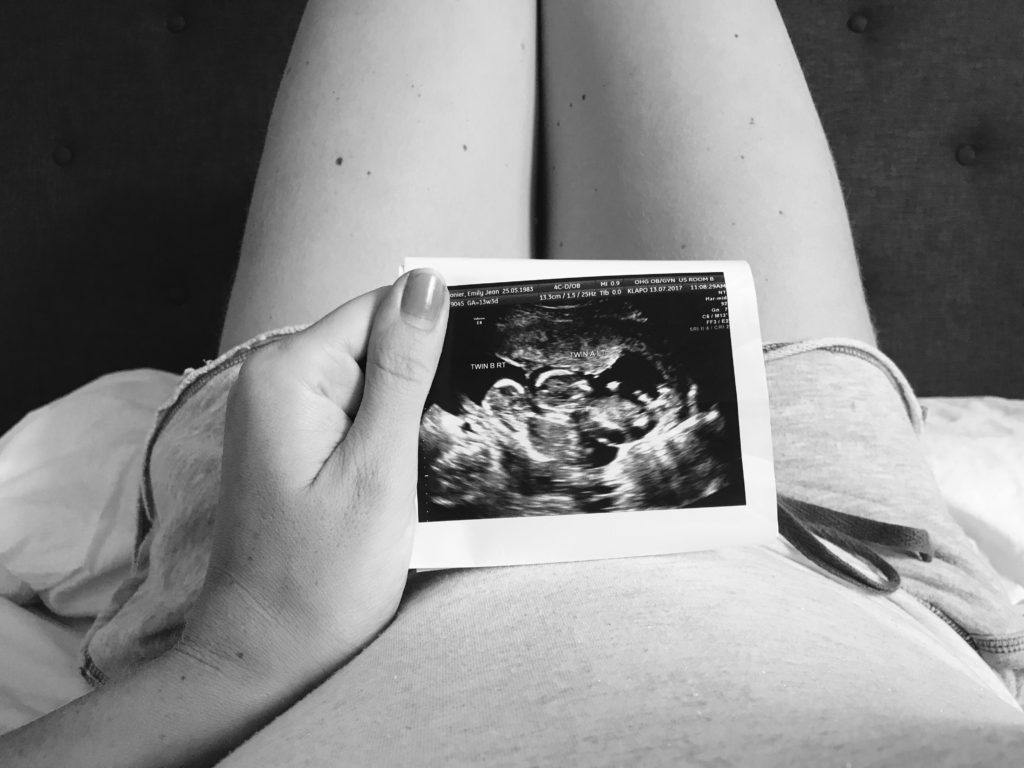
maternal love 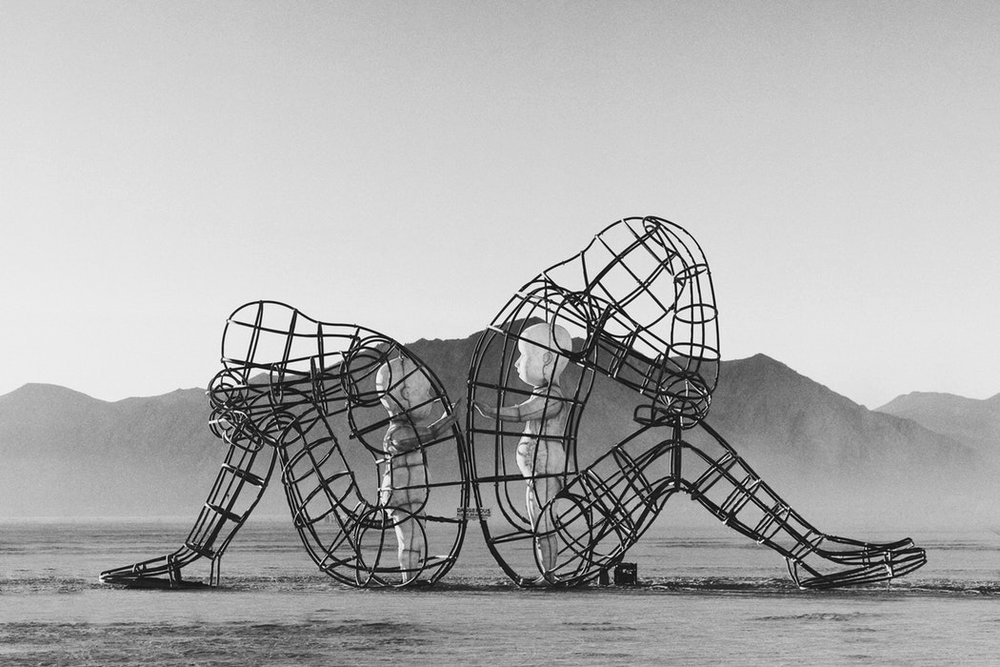
heartbreak
Love mindmap

love
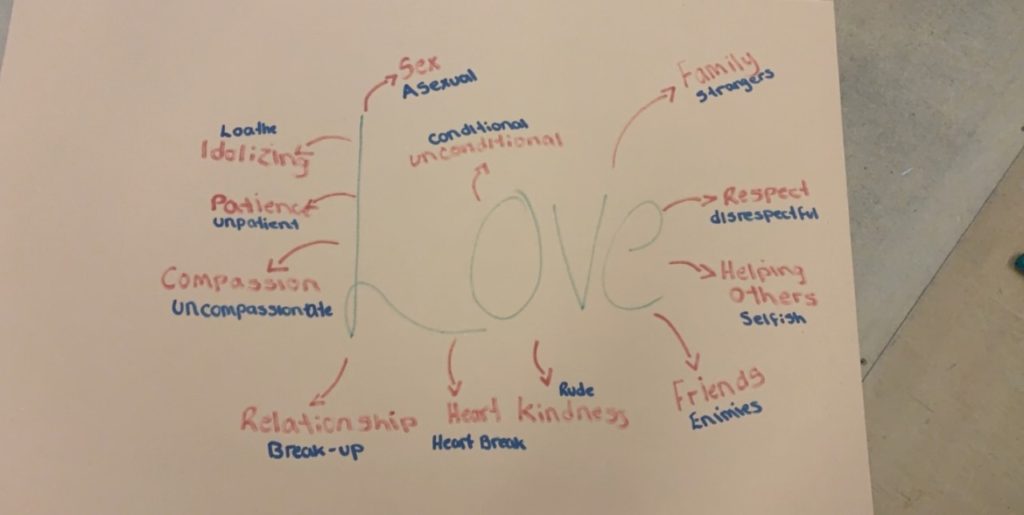


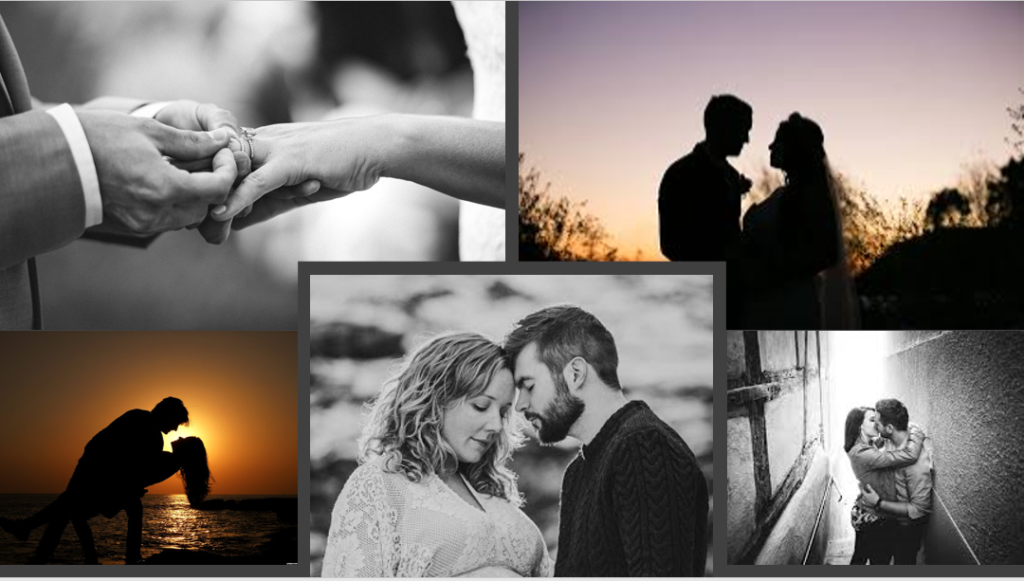
KEY THEME: LOVE
love MIND MAP
Love: an extremely deep, positive feeling felt towards a partner, friend or family member
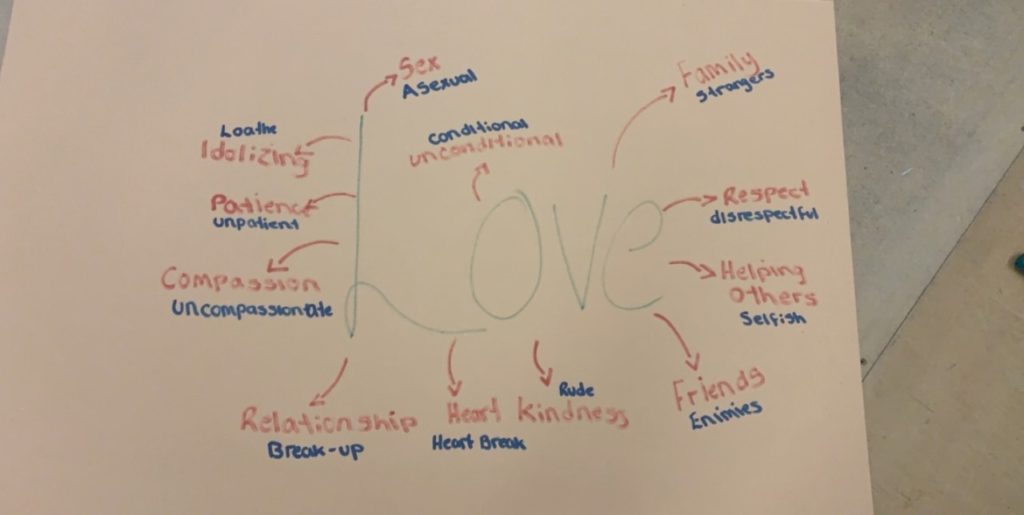
Mood Board
LOVE
Part 2, Narrative
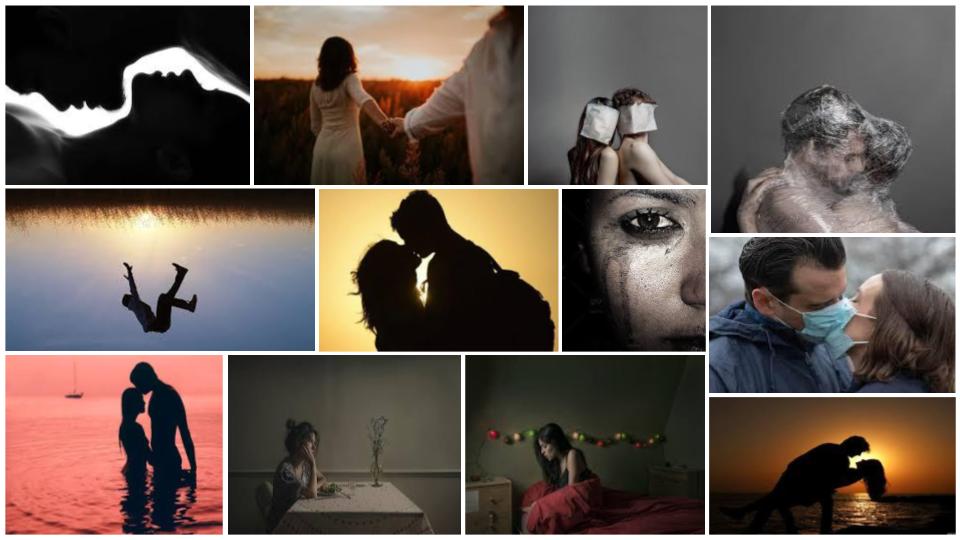

What makes an iconic image?
The term iconic is defined as ‘very famous or popular, especially being considered to represent particular opinions or a particular time’. An iconic image is created when there is strong social value and social history relating to the image. The way a photo is taken can also determine whether an image becomes iconic or not.

The image above, Guerrillero Heroico is taken from a low angle making him appear powerful and important. The use of black and white film creates a serious tone due to the contrast and the focus on the face captures the viewers’ attention. This image was cropped from the original which had other features in the surrounding area. This cropped image enables us to focus on the subject and disregard any possible distractions, making it more memorable. The fact that he died young having been captured in Bolivia when fighting for his cause in the revolution adds to the meaning of this photo perhaps making it more iconic.
In Susan Bright’s article, she states the ‘Image transformed from a would-be news photograph to a global symbol of rebellion.’ This adds social value to the image as society spread this image to make it their global symbol of rebellion. However, Susan Bright also says: ‘Divorced from its original context, the initial meaning and substance become more diluted and the image today works almost purely as graphic icon.’ This suggests the image is no longer iconic due to its history, the meaning of this image is lost overtime. The history is not necessarily known, it gets lost along the way however the image itself becomes an icon on its own.

This image could be argued as iconic for multiple reasons, one of which being its political background and what it stands for. This image was taken during a Black Lives Matter protest. It represents unity, they are all standing for what they believe in. It creates a strong message of empowerment. Our eyes are drawn to the centre of the image where we witness human kindness during a scene of chaos and anger. This image spreads a message and shows the protest making others aware of what is happening, highlighting the importance of the cause. It has strong social value. The Black Lives Matter movement is very apparent in society today with many people standing up for black lives. This can be spread through society showing the importance of unity. This image can also be iconic as it breaks stereotypes about violence. This peaceful protest has turned violent because of the authorities. This shows society who is in the wrong and that people of all backgrounds and cultures can come together to fight for one cause.

This image can be considered iconic as it provokes emotion. The focal point in the image is the small child in the foreground. Some may say the image is disturbing due to the size of the child, being able to see their ribs with the bird of prey in the background. It makes the viewer think about how unfortunate some places are, the fact that a child was photographed makes the image more dramatic. This is because children represent innocence and vulnerability creating more sympathy from the viewer. The way this child was photographed, curled on the floor with the bird angled behind the child creates an upsetting and shocking feeling, it is not something you forget, therefore making it iconic. The social value of this image is high as it teaches the viewer of other cultures and less fortunate parts of the world, educating them and maybe even encouraging them to want to create change by helping.
I feel an iconic image has to consist of strong emotion, meaning and social value. Emotion creates feeling and attachment to an image making it feel important. If it has meaning its more likely to stick in your mind and spread a message. Finally, if it has social value it will become a part of society and it will be recognisable and meaningful to a large group of people.





